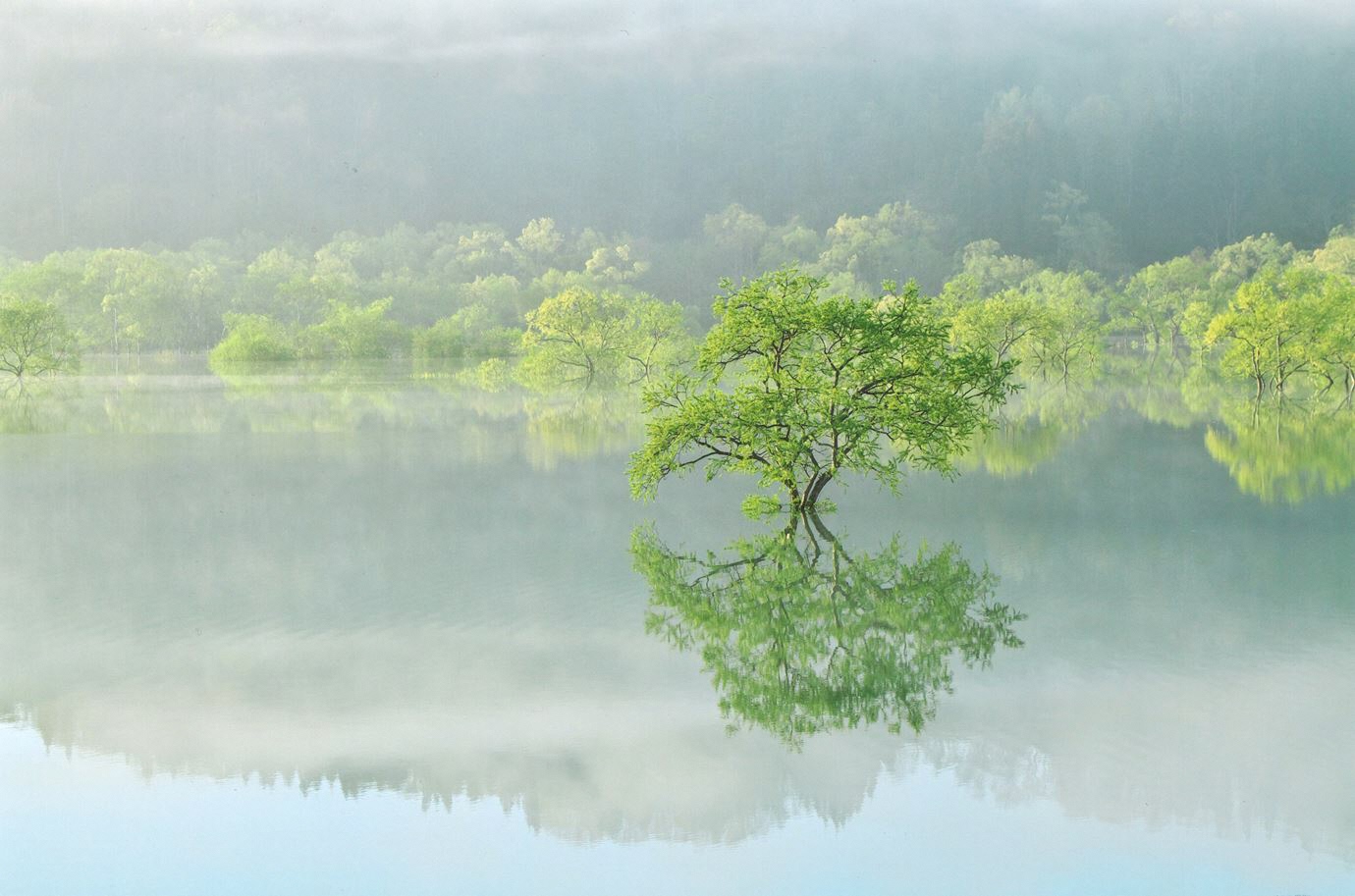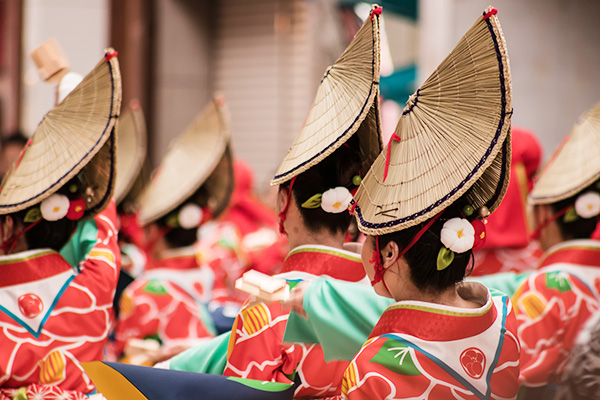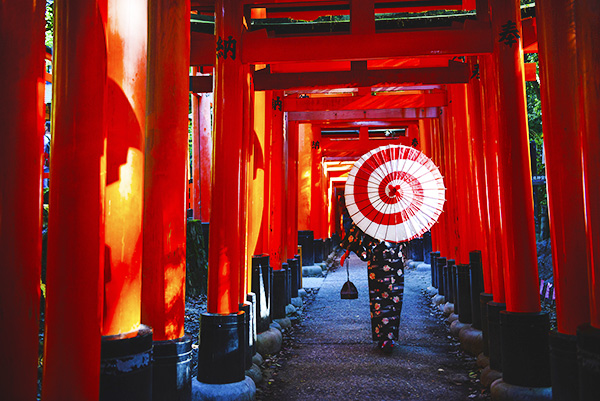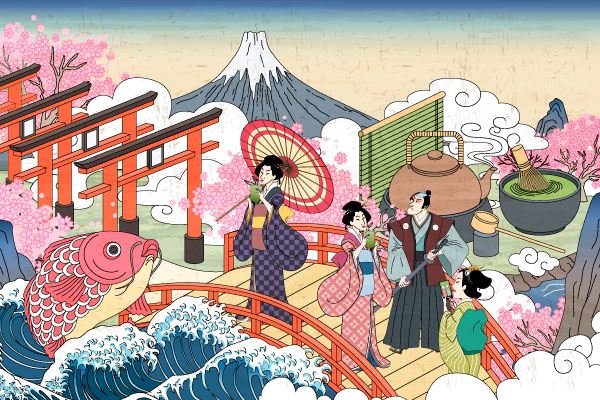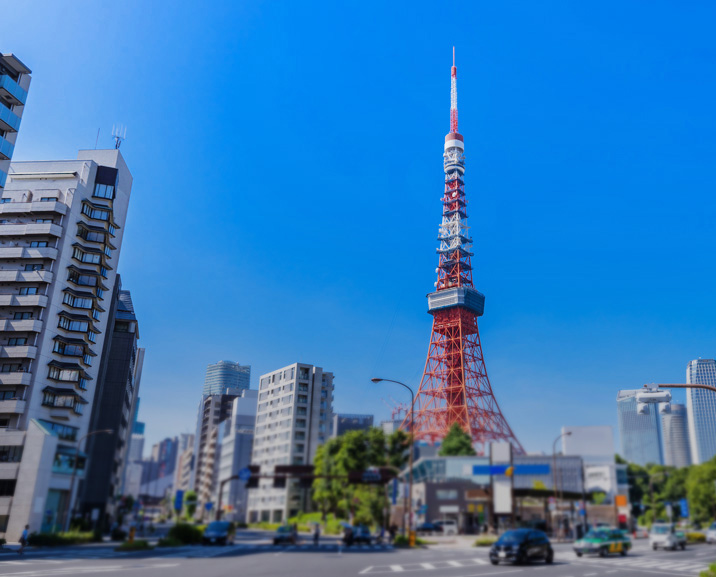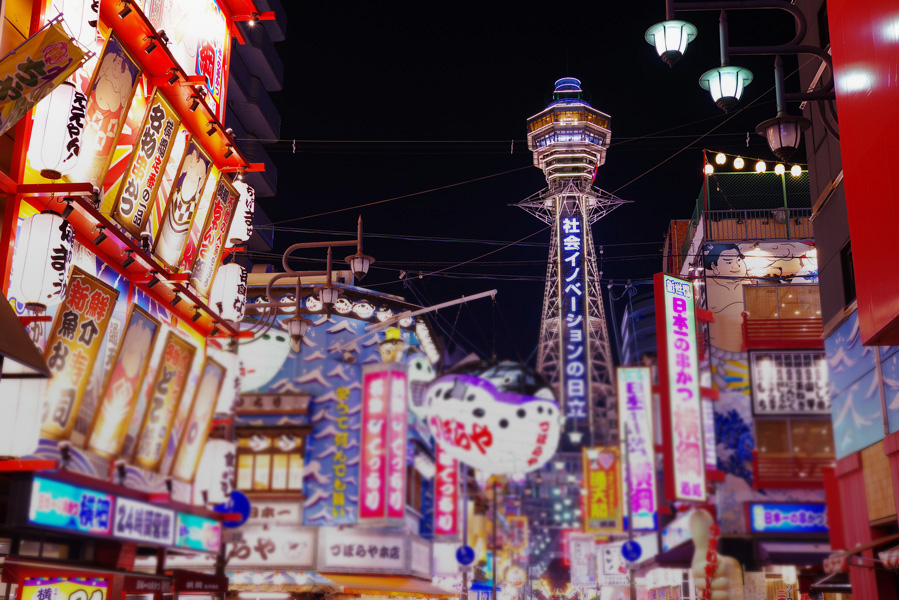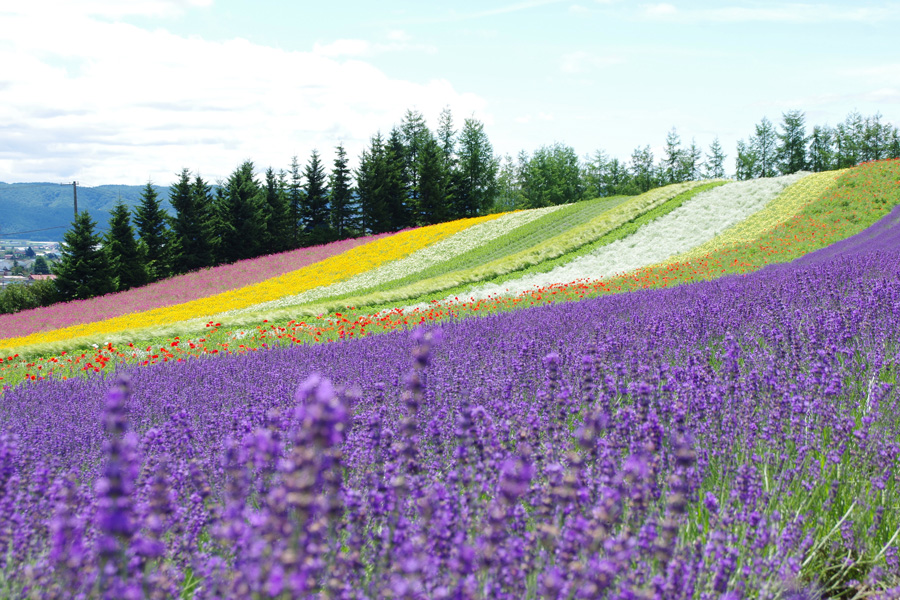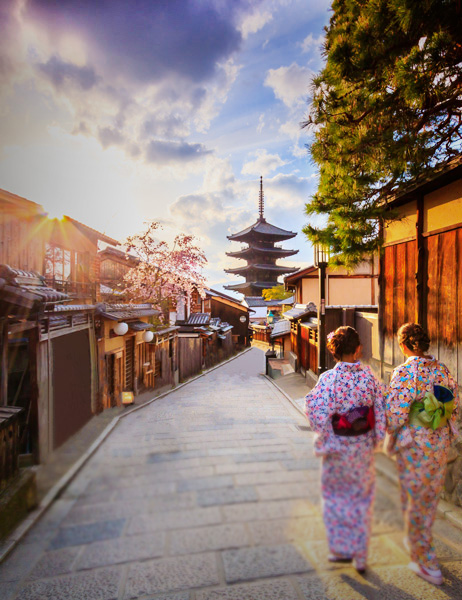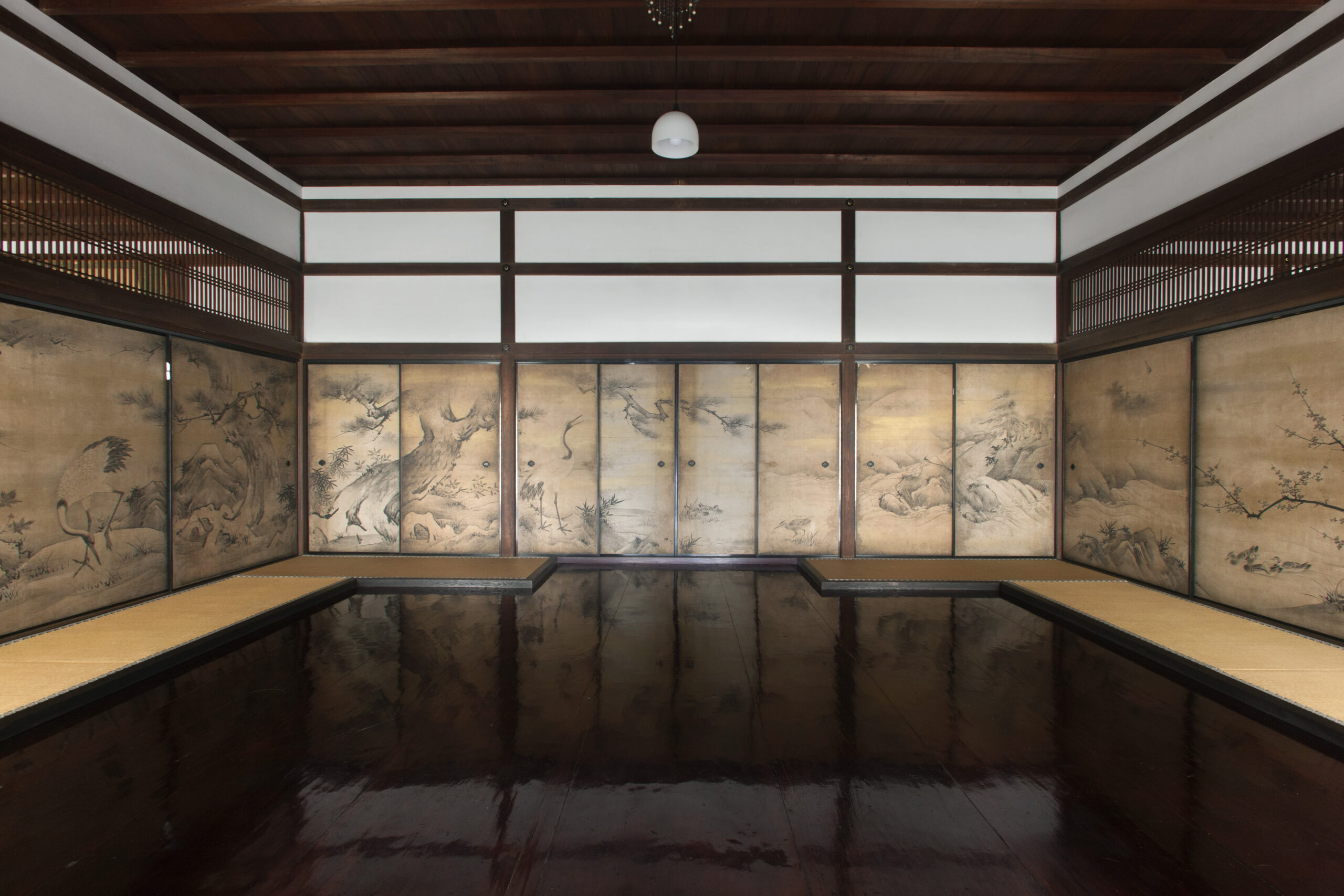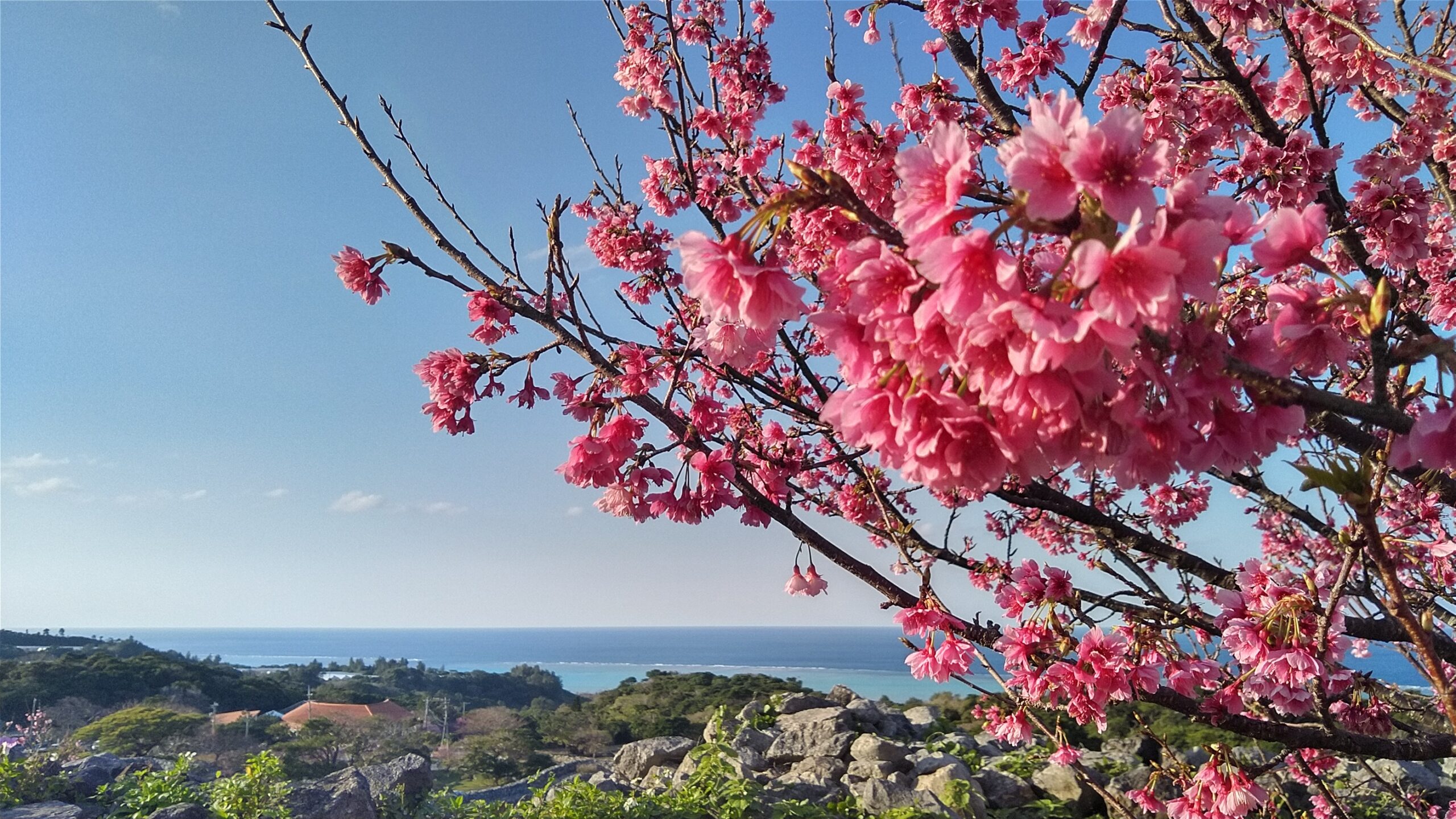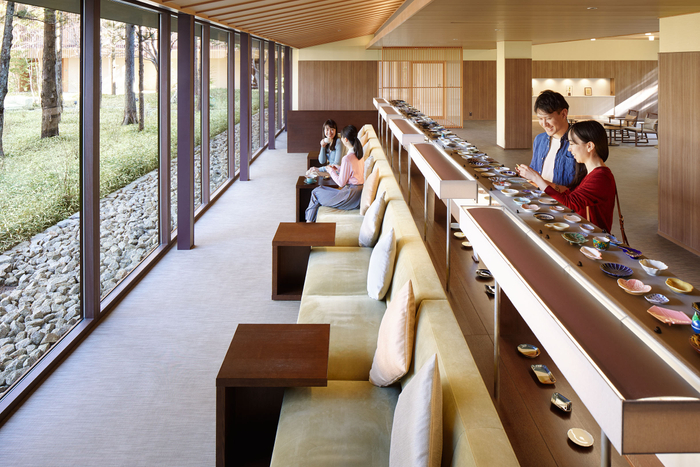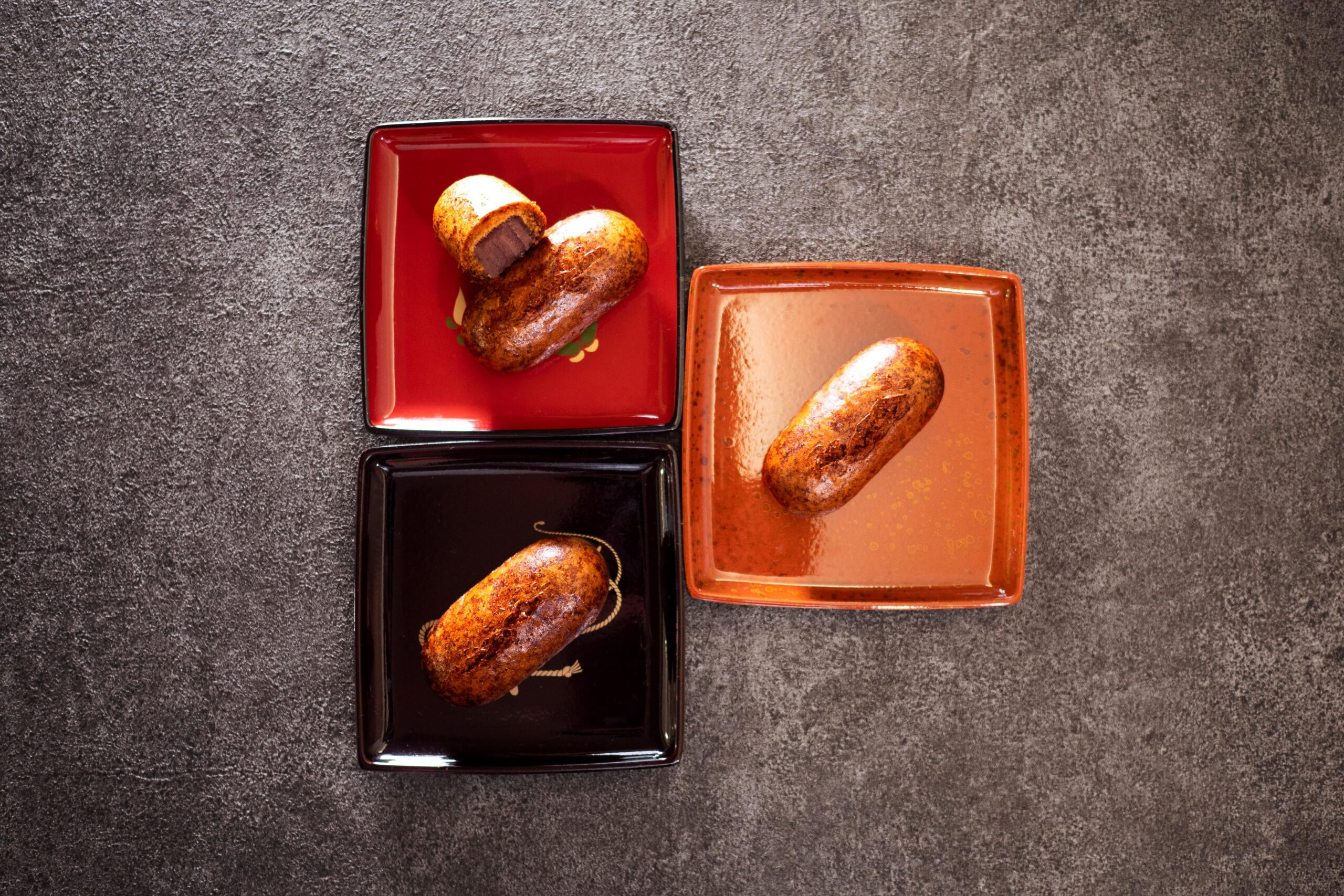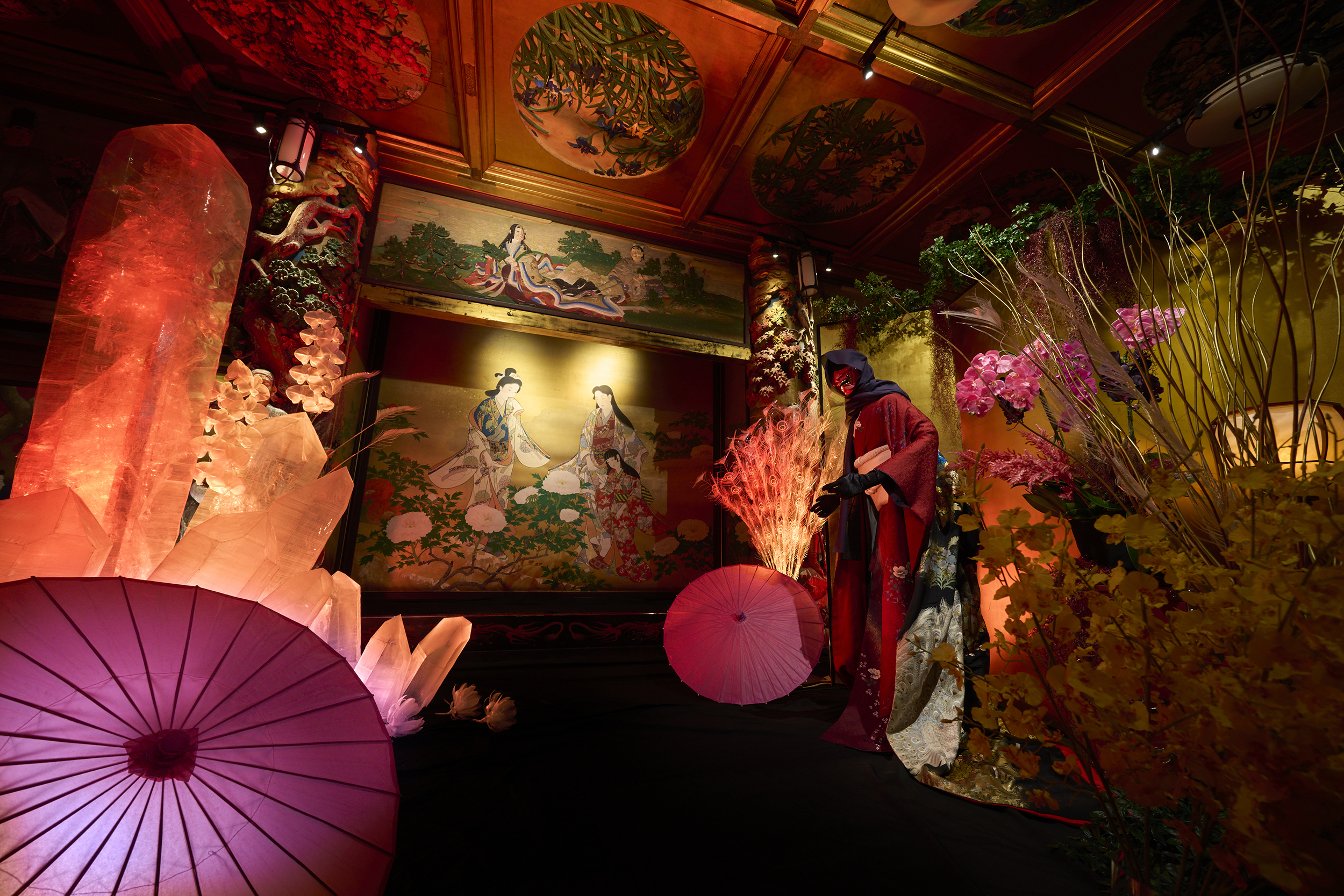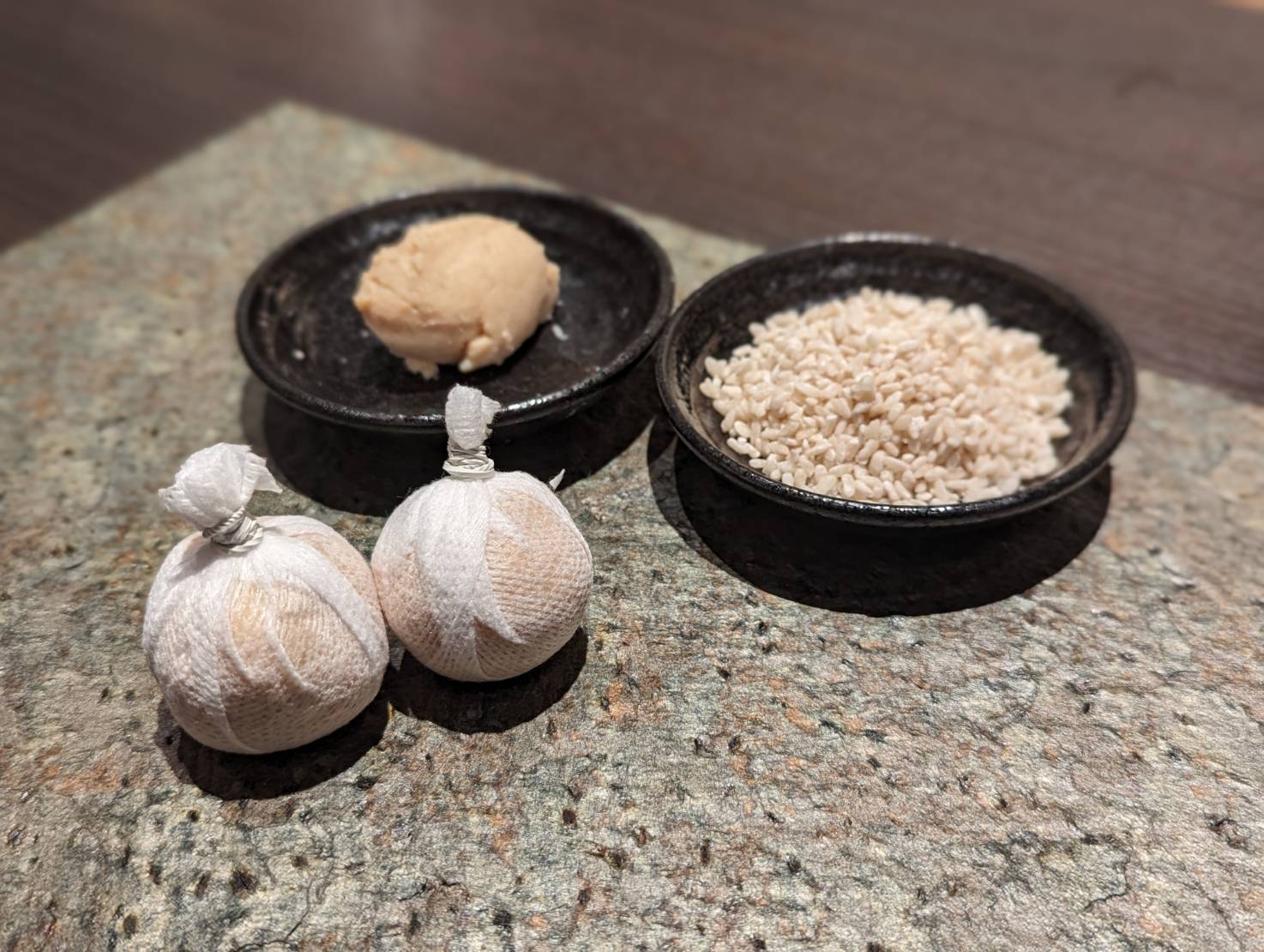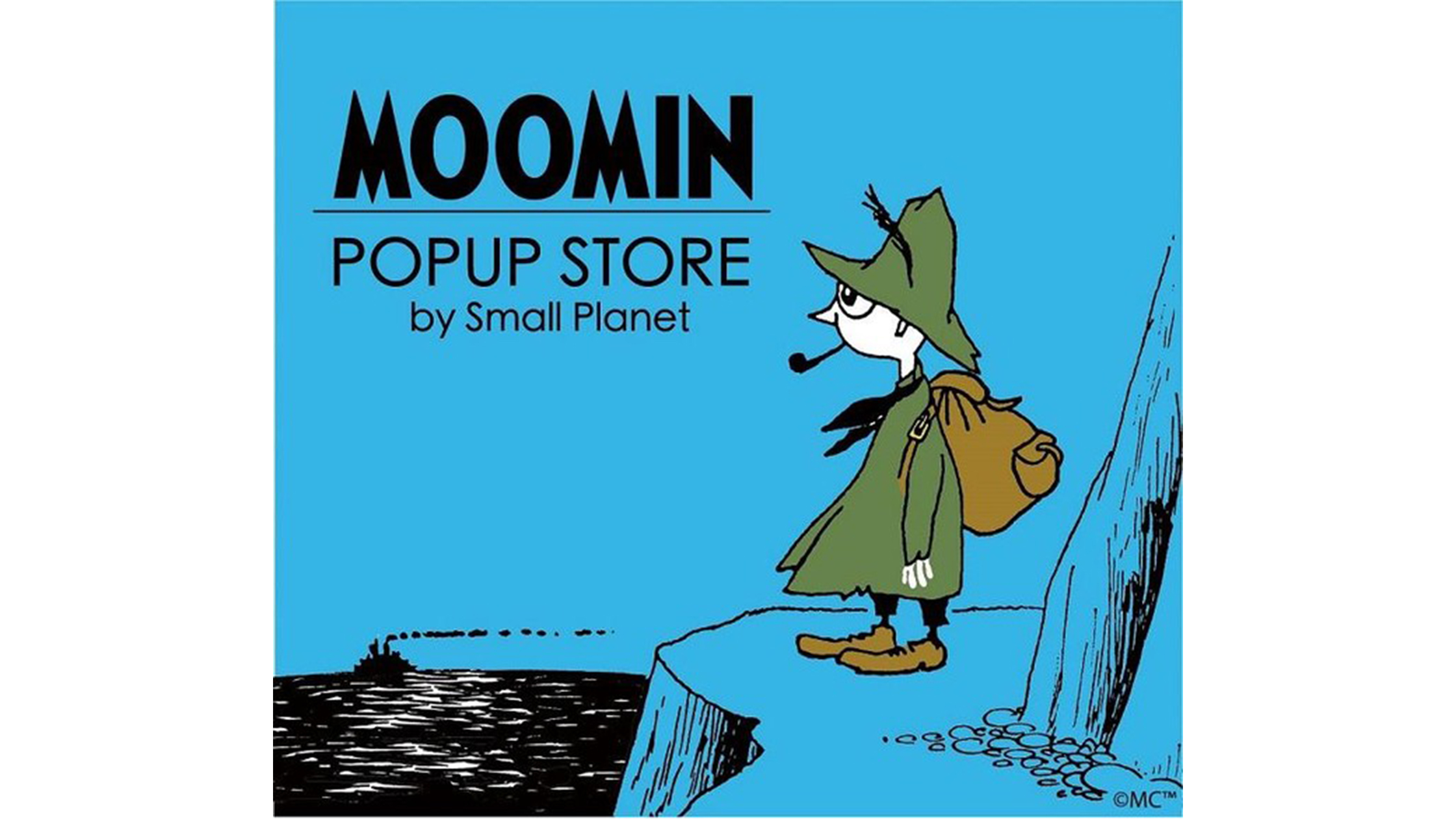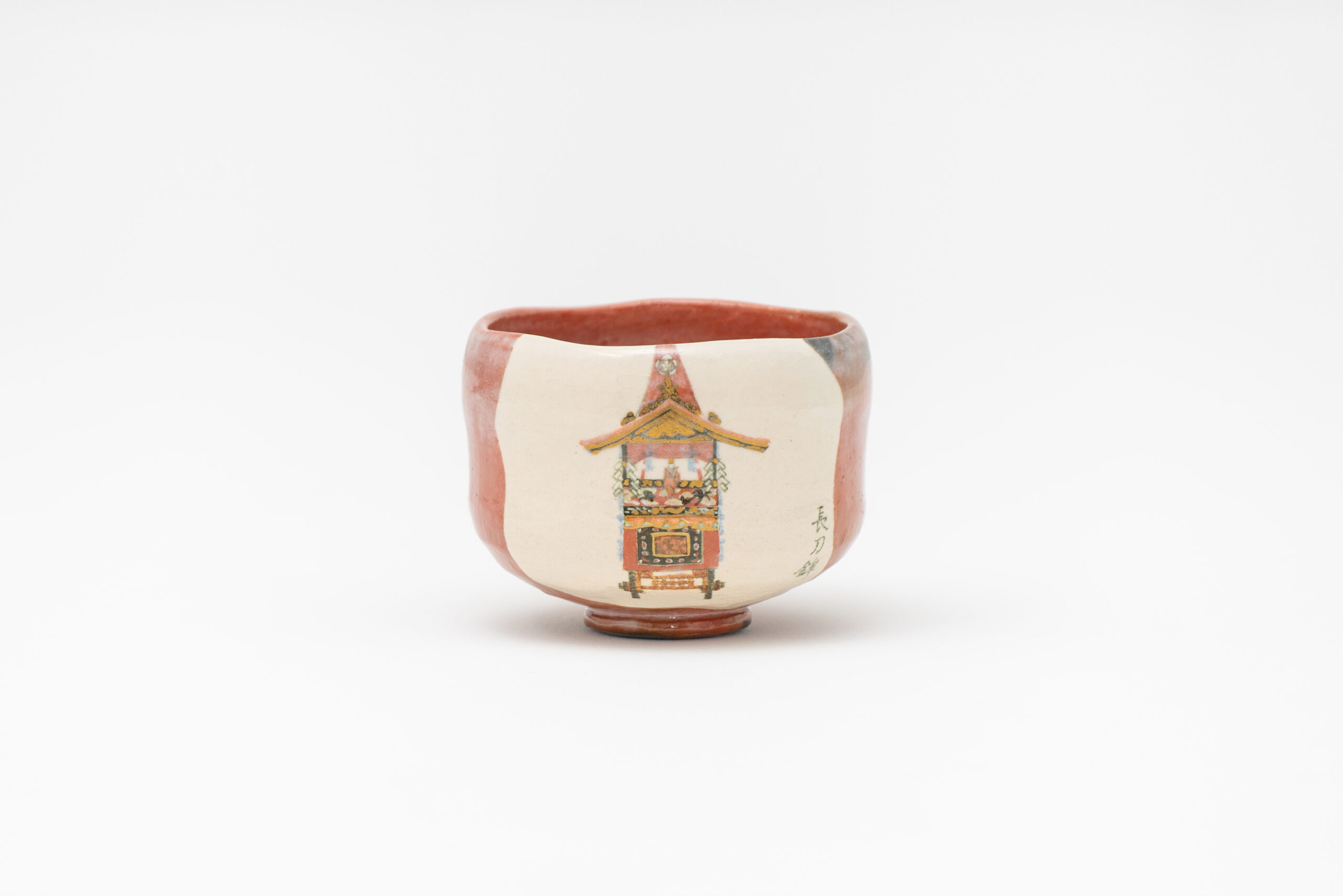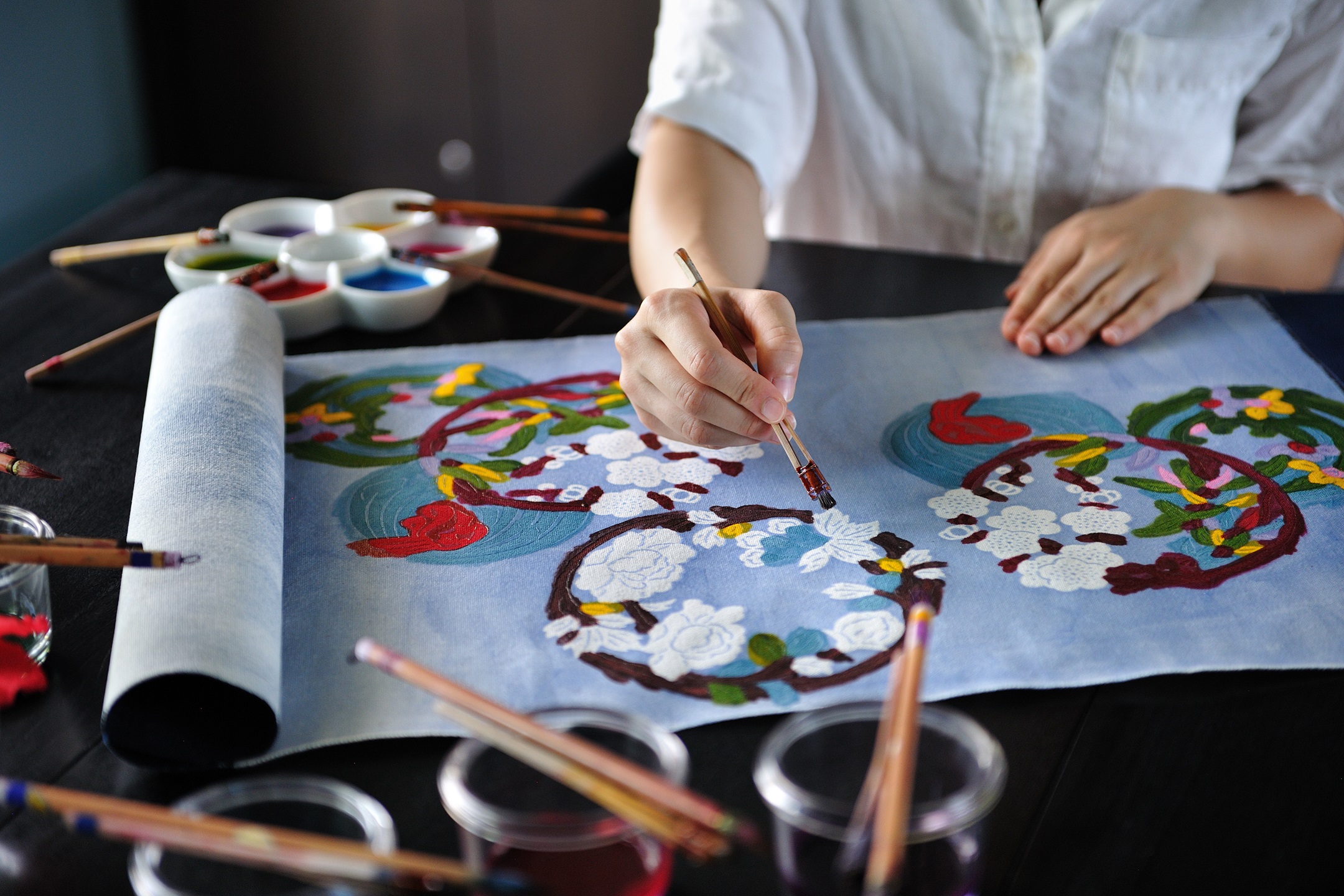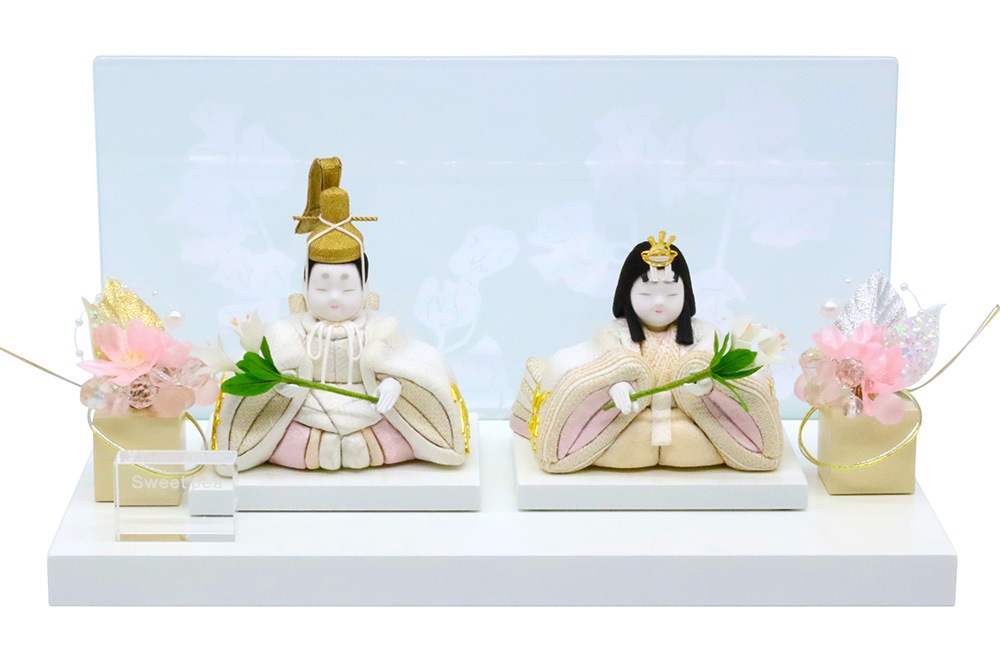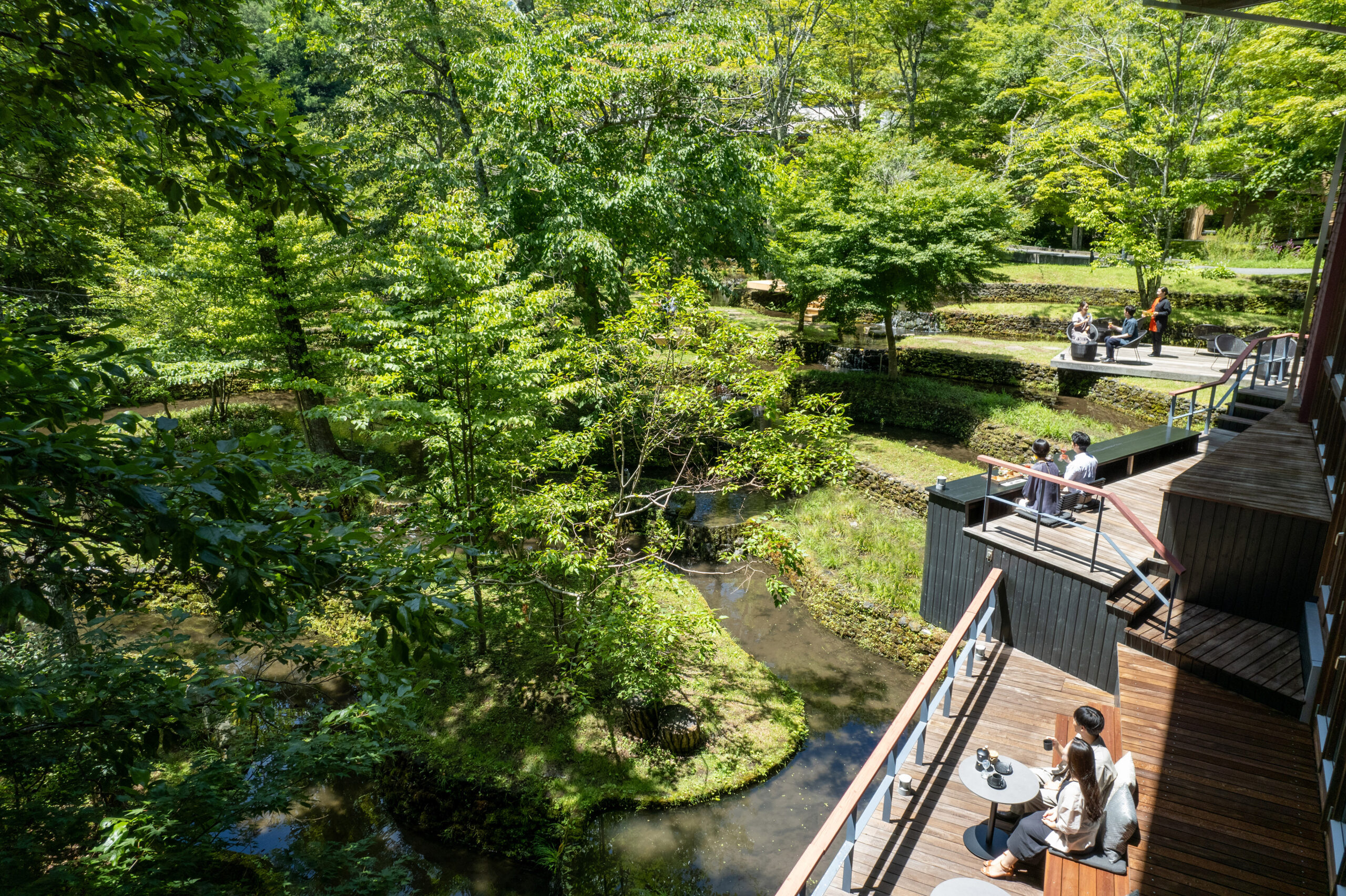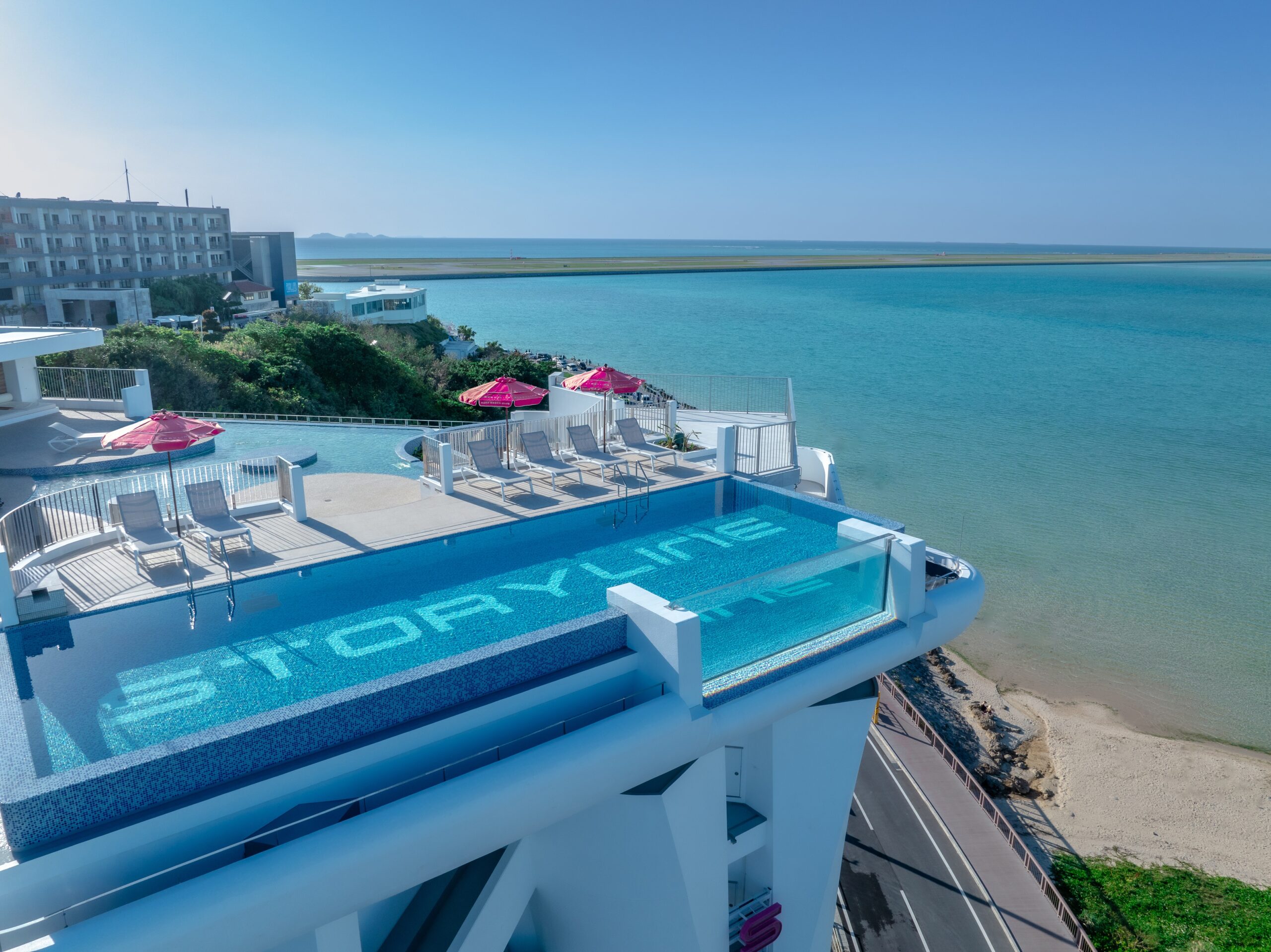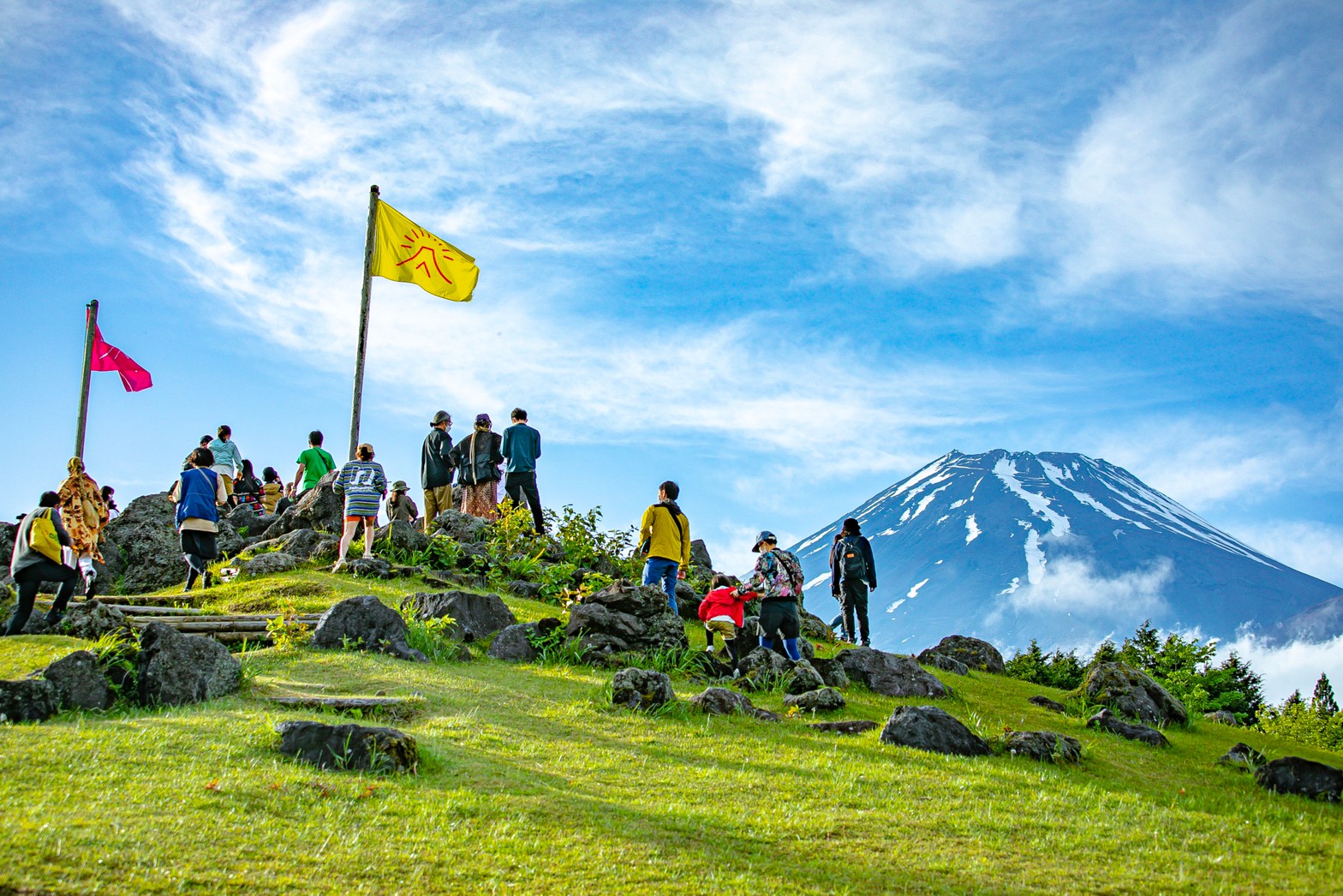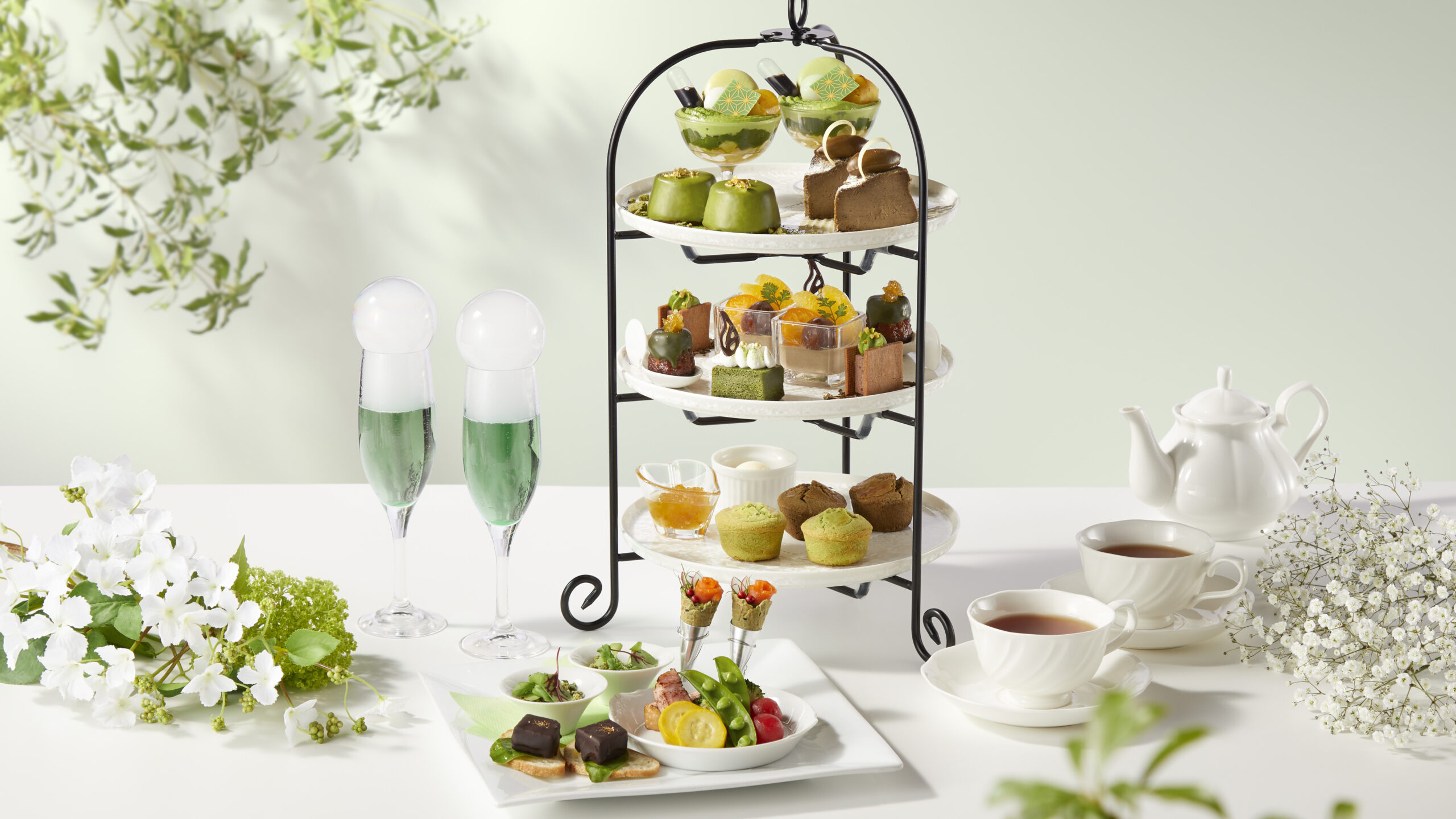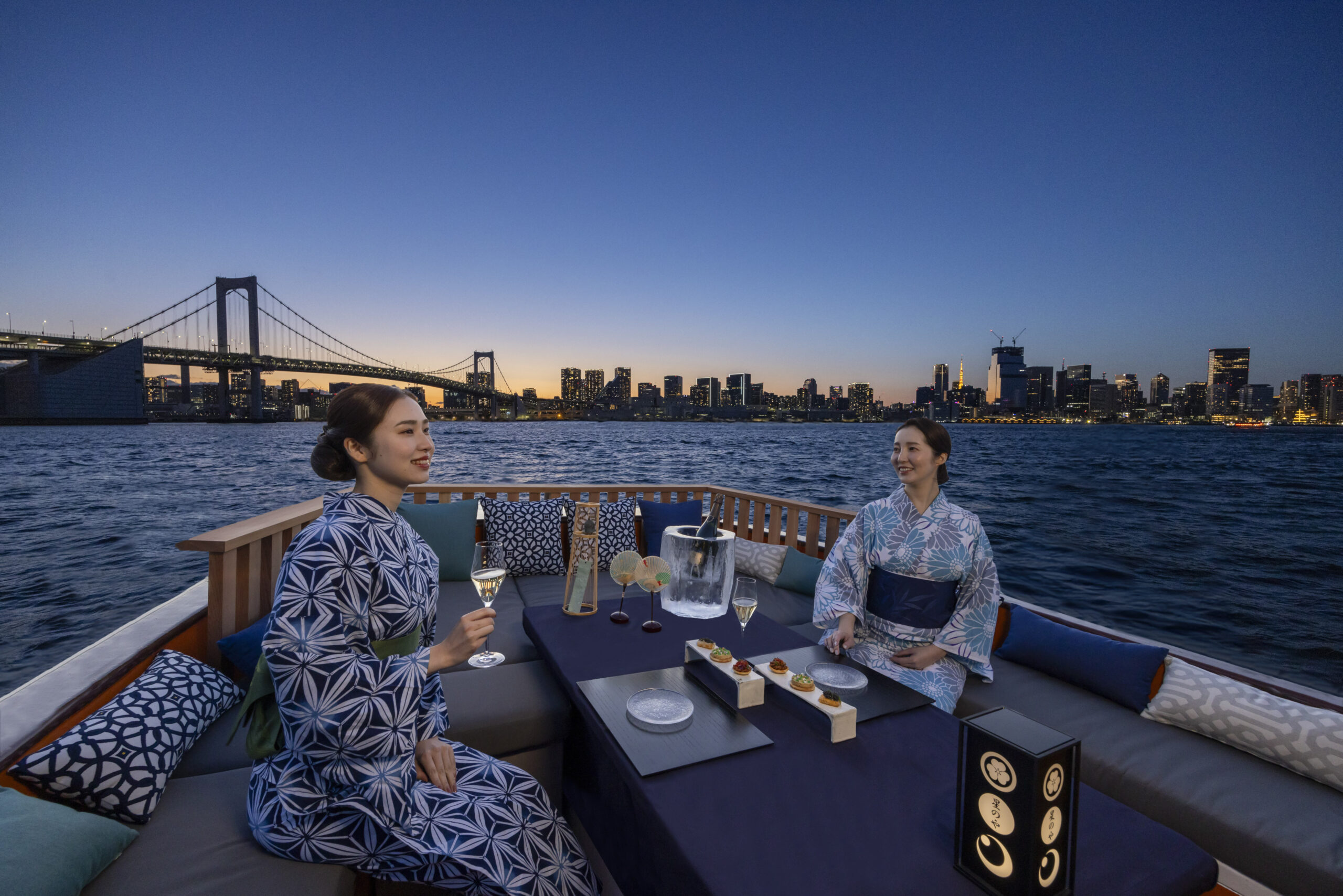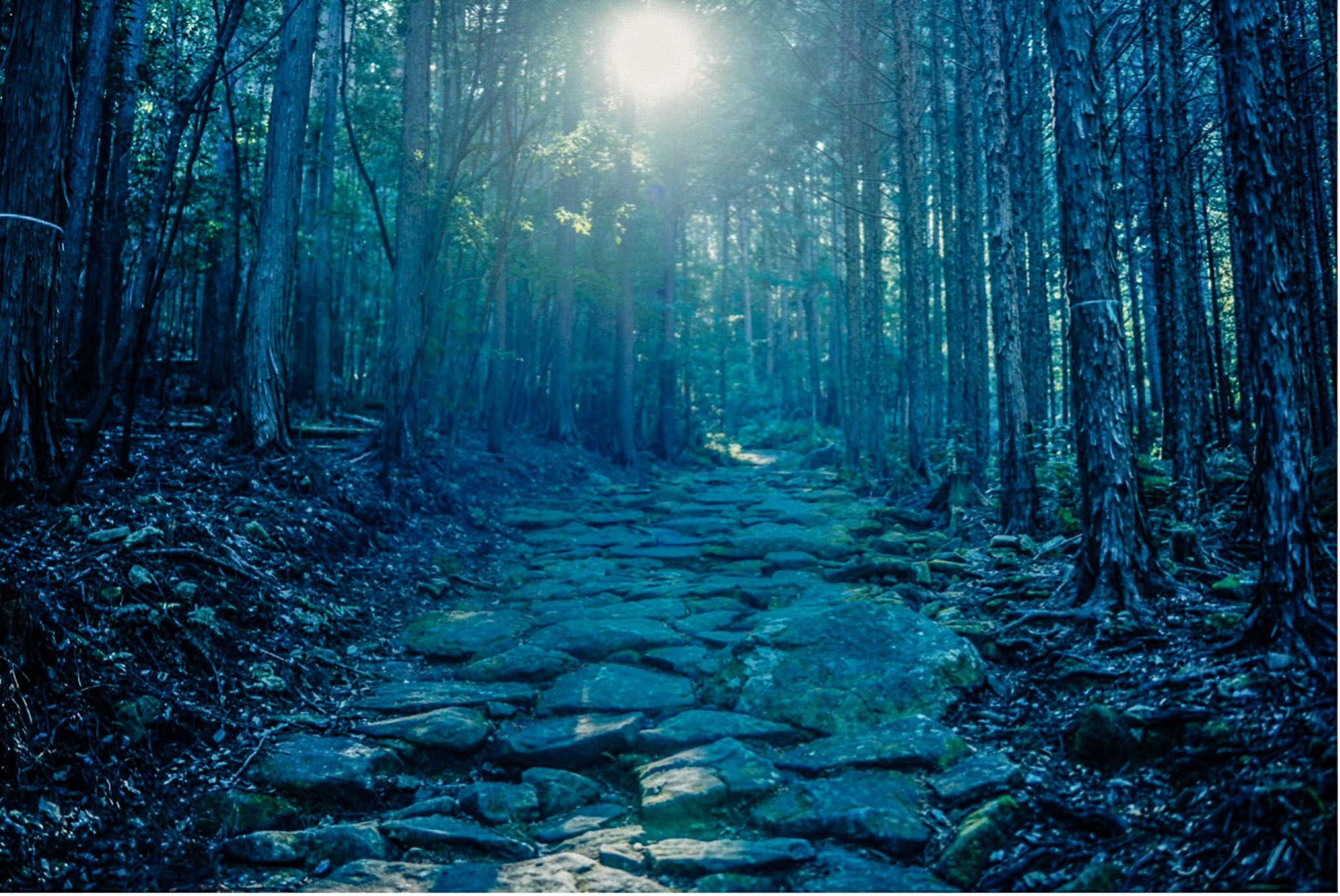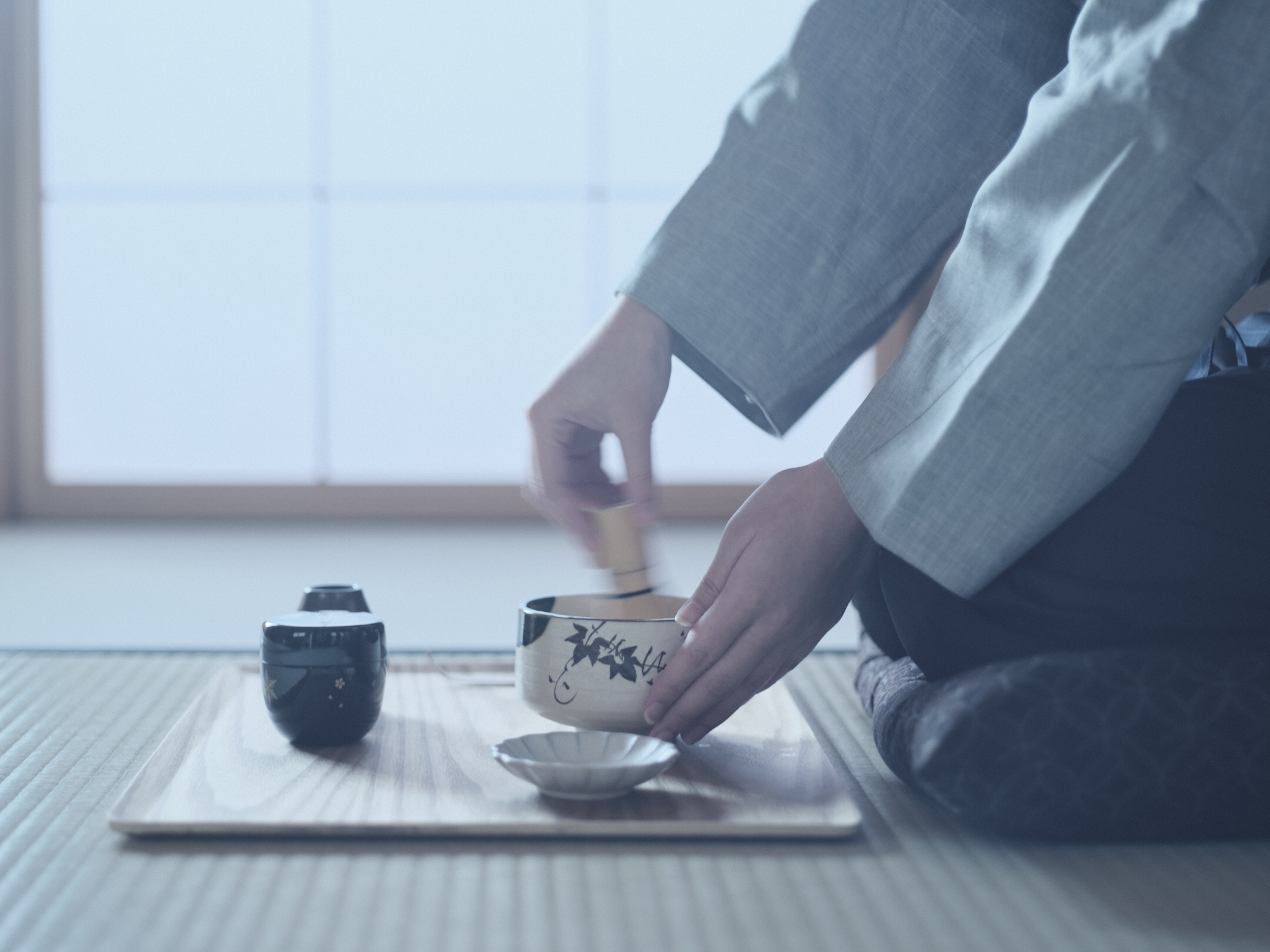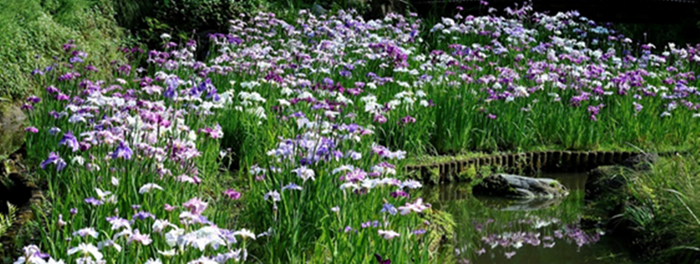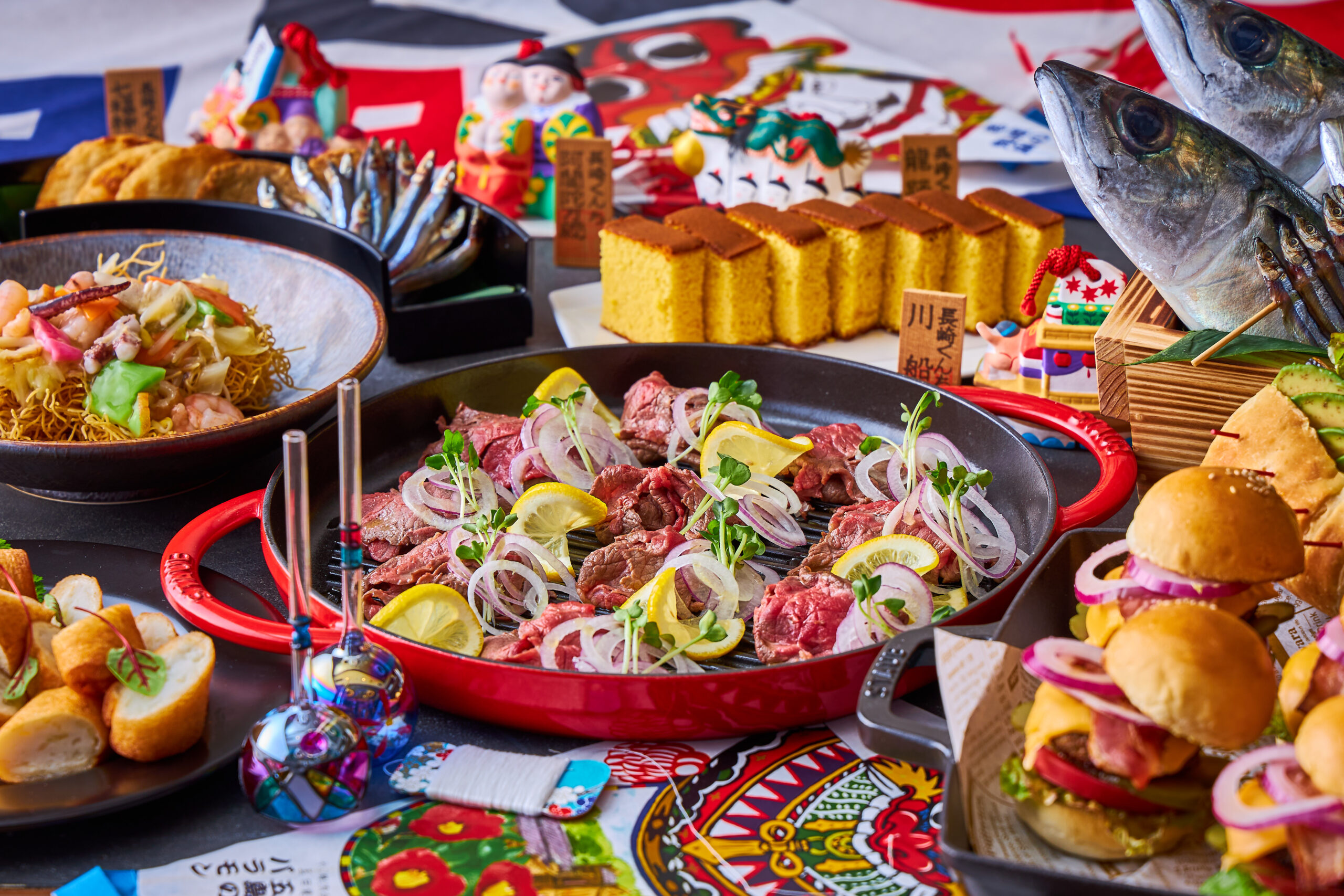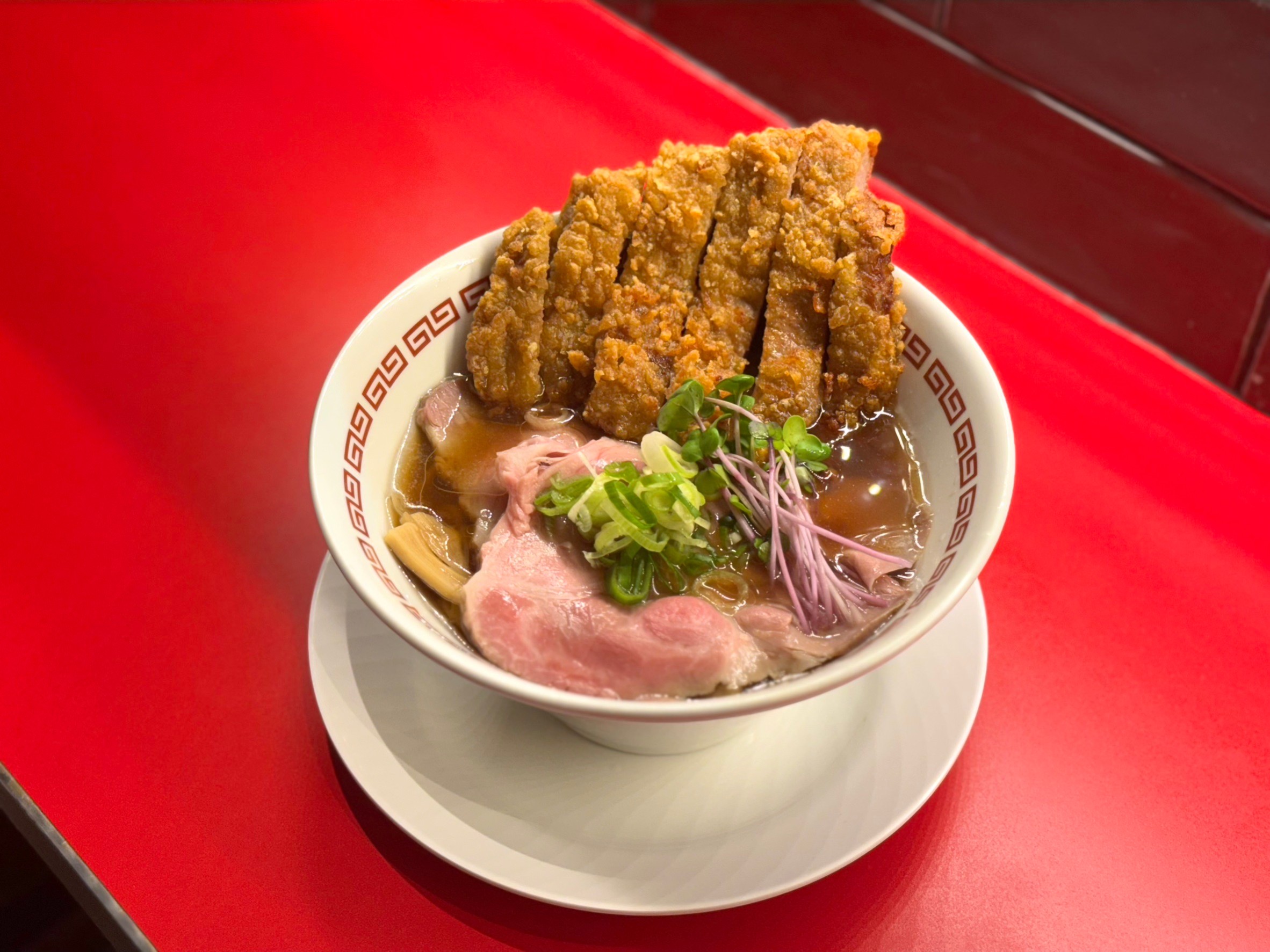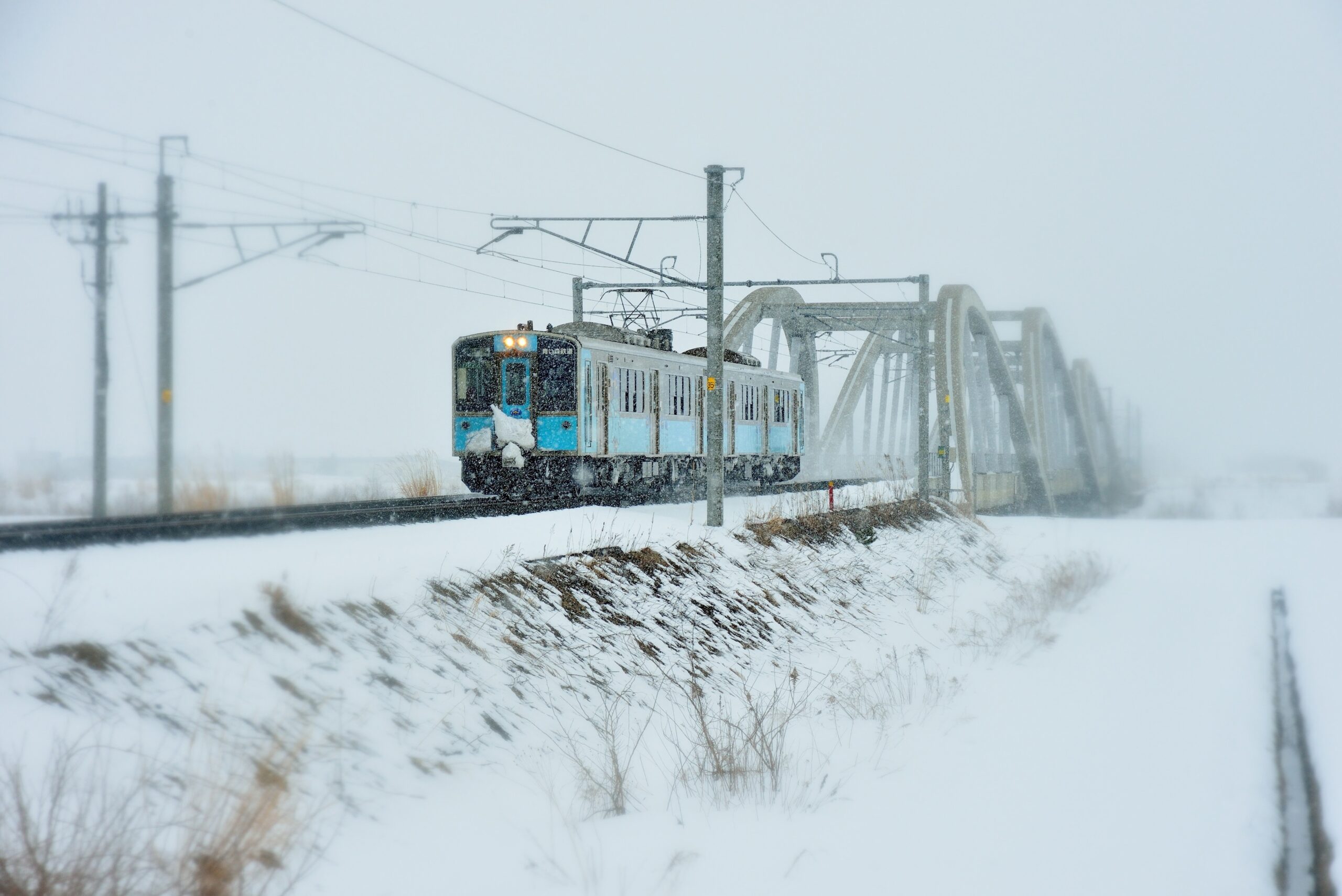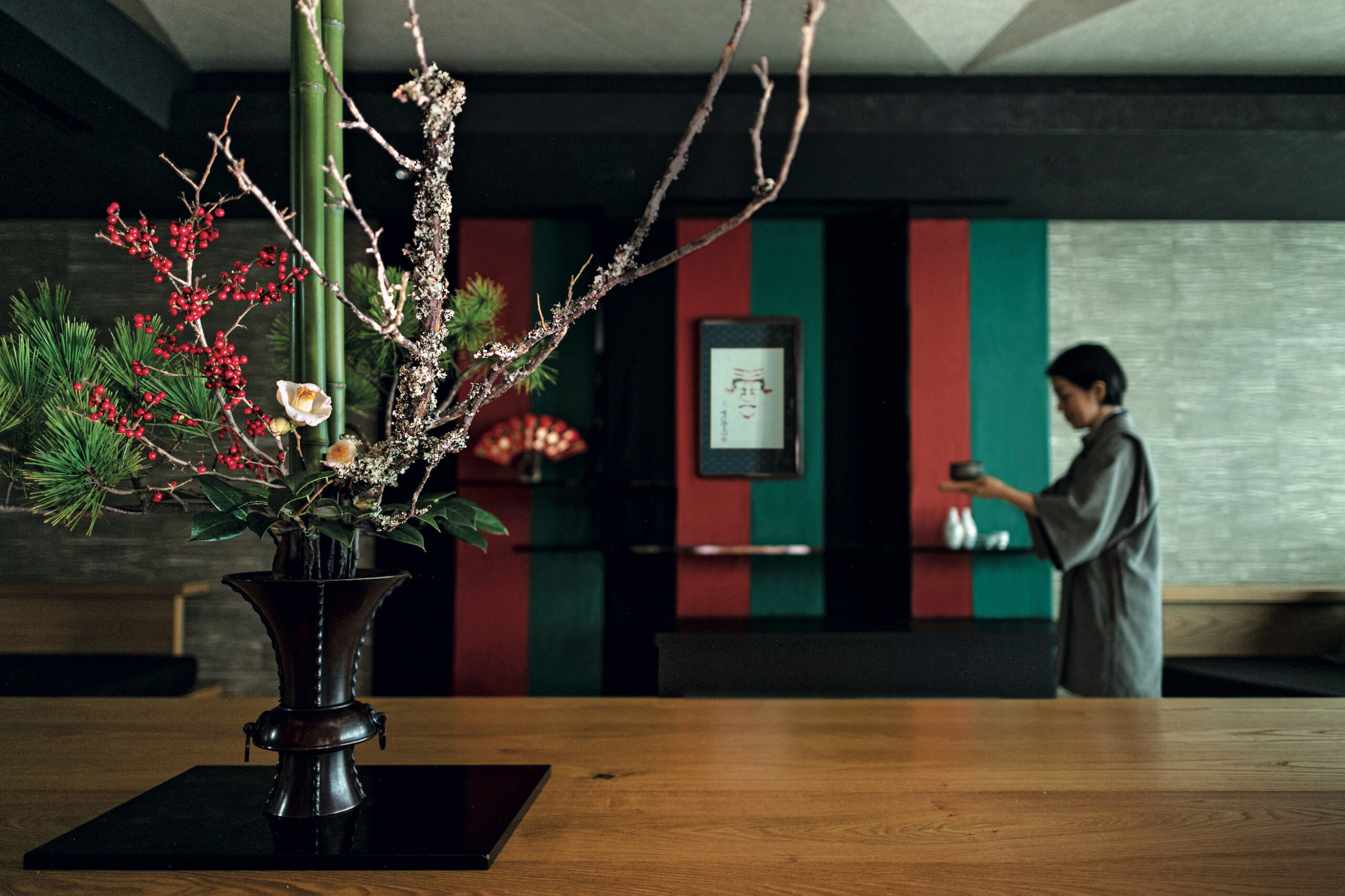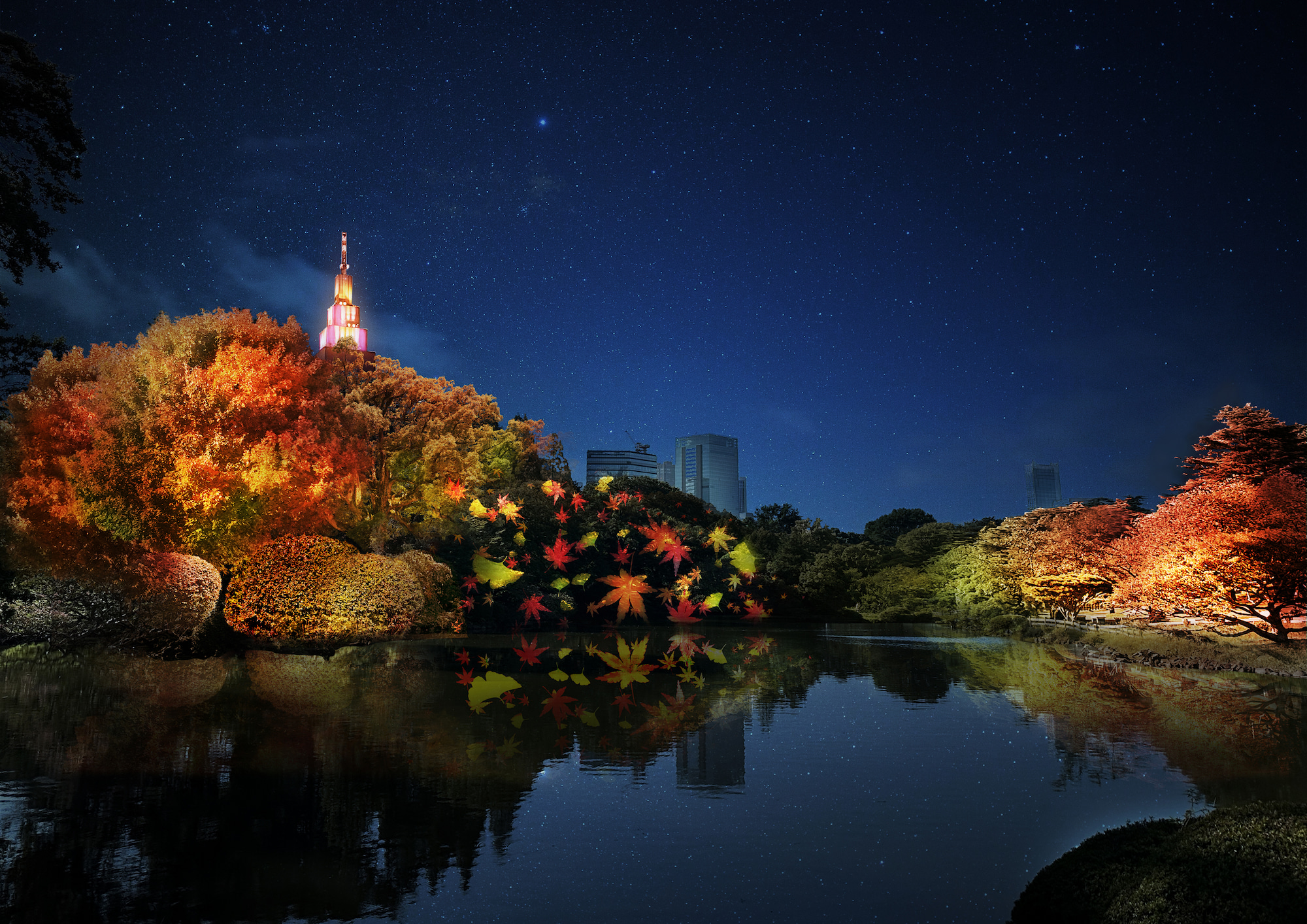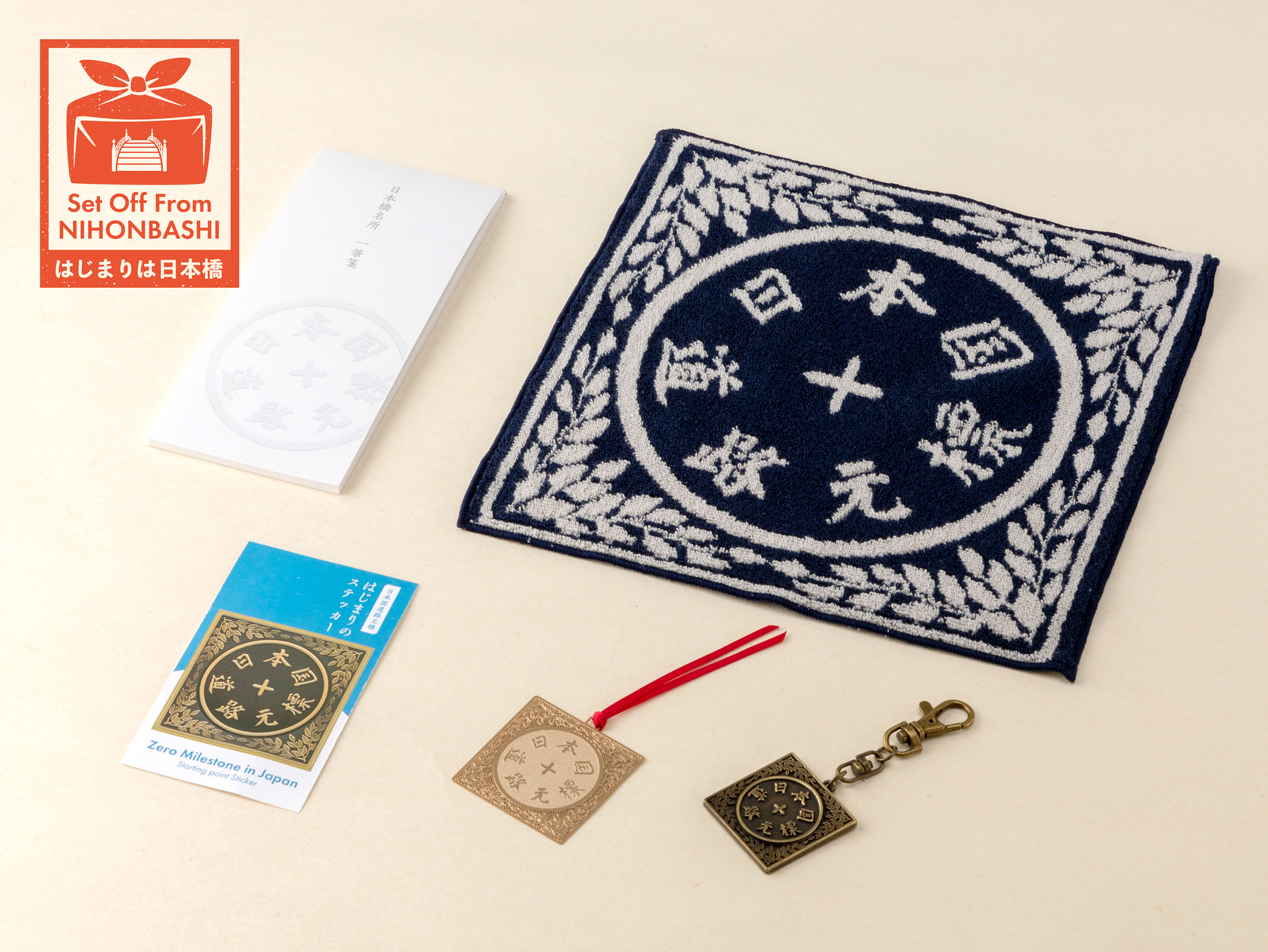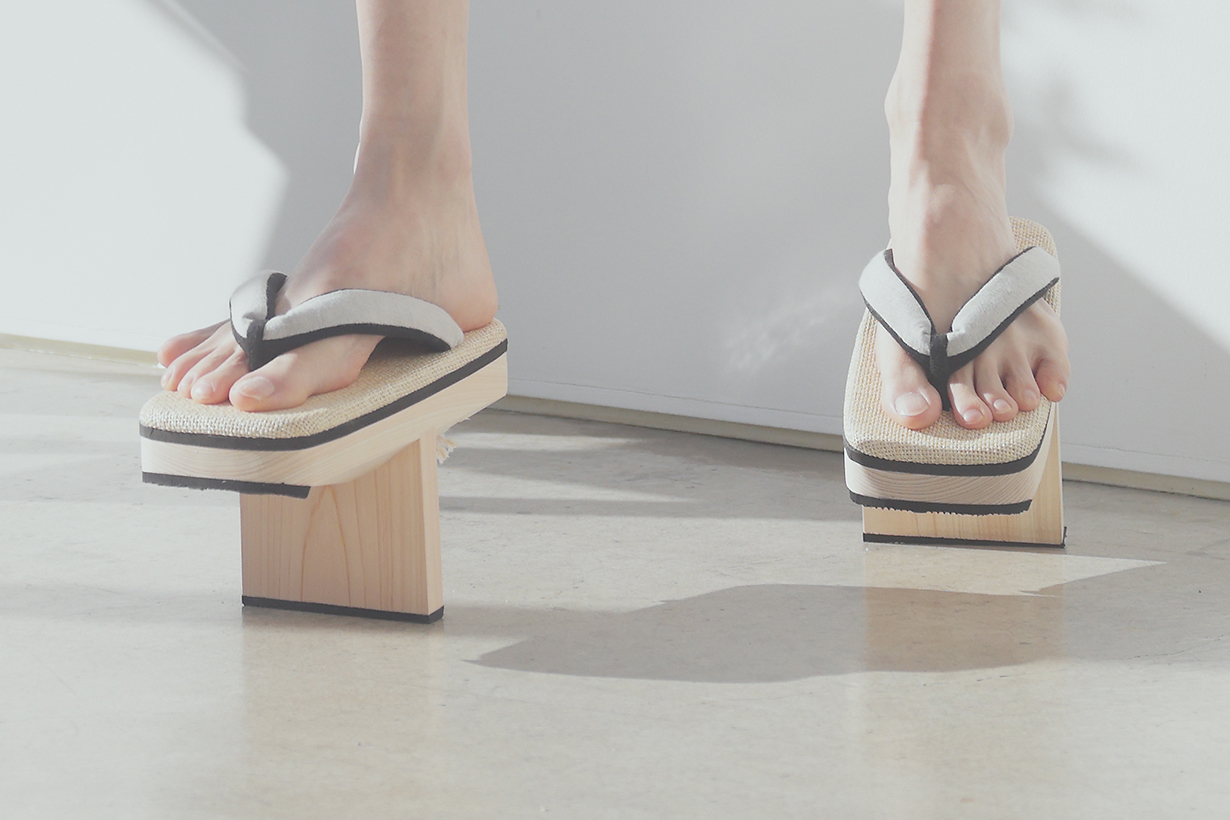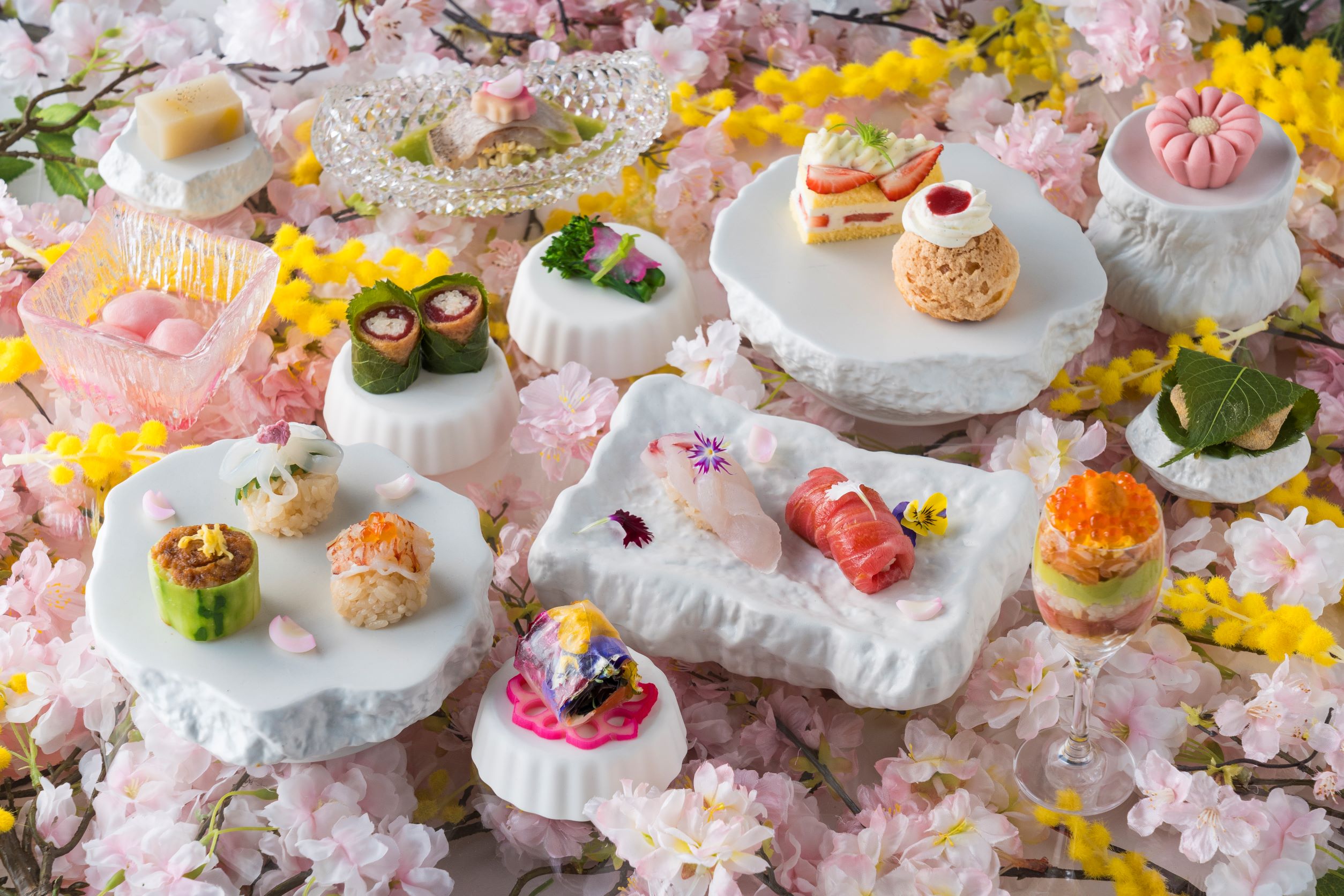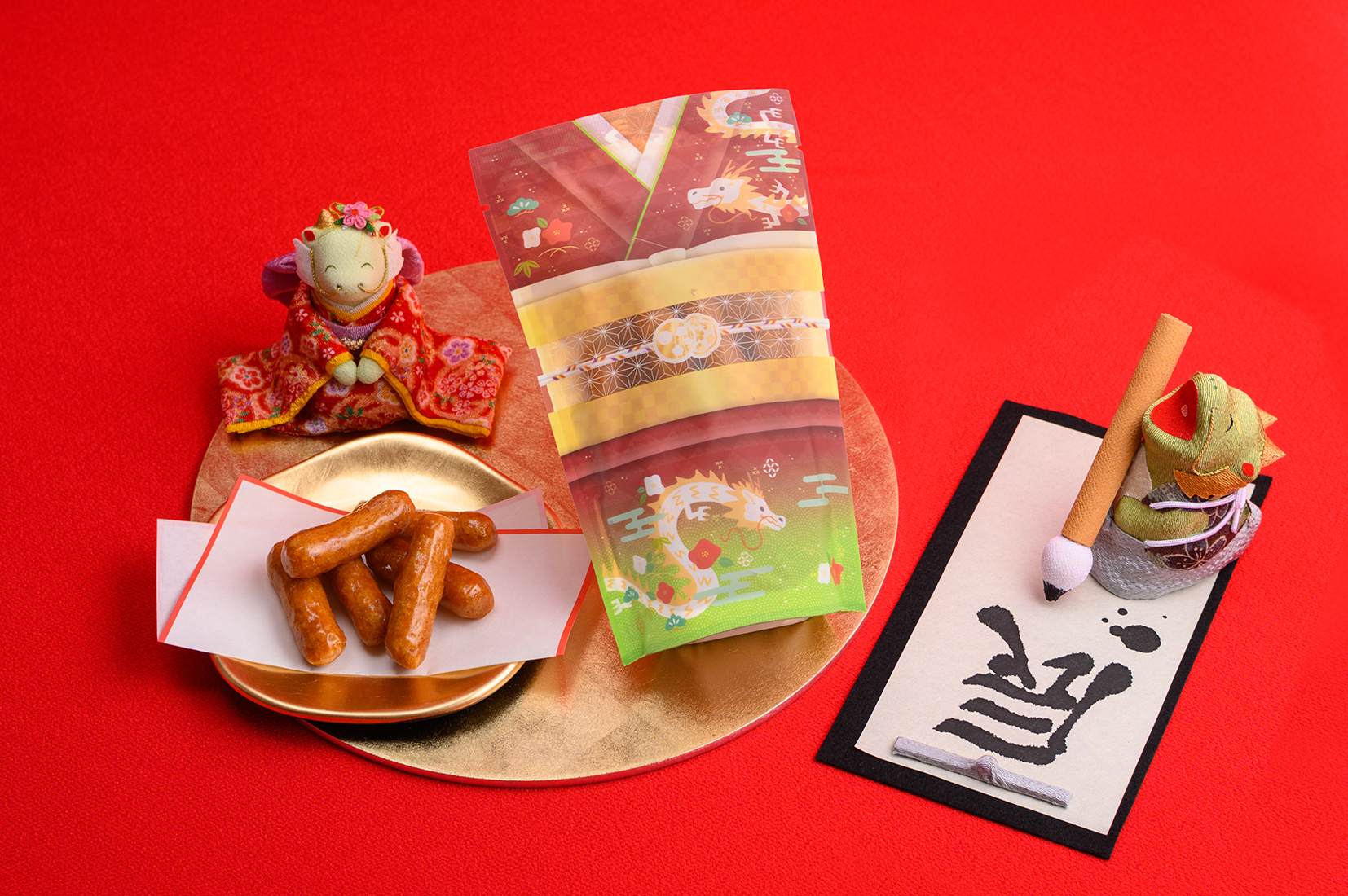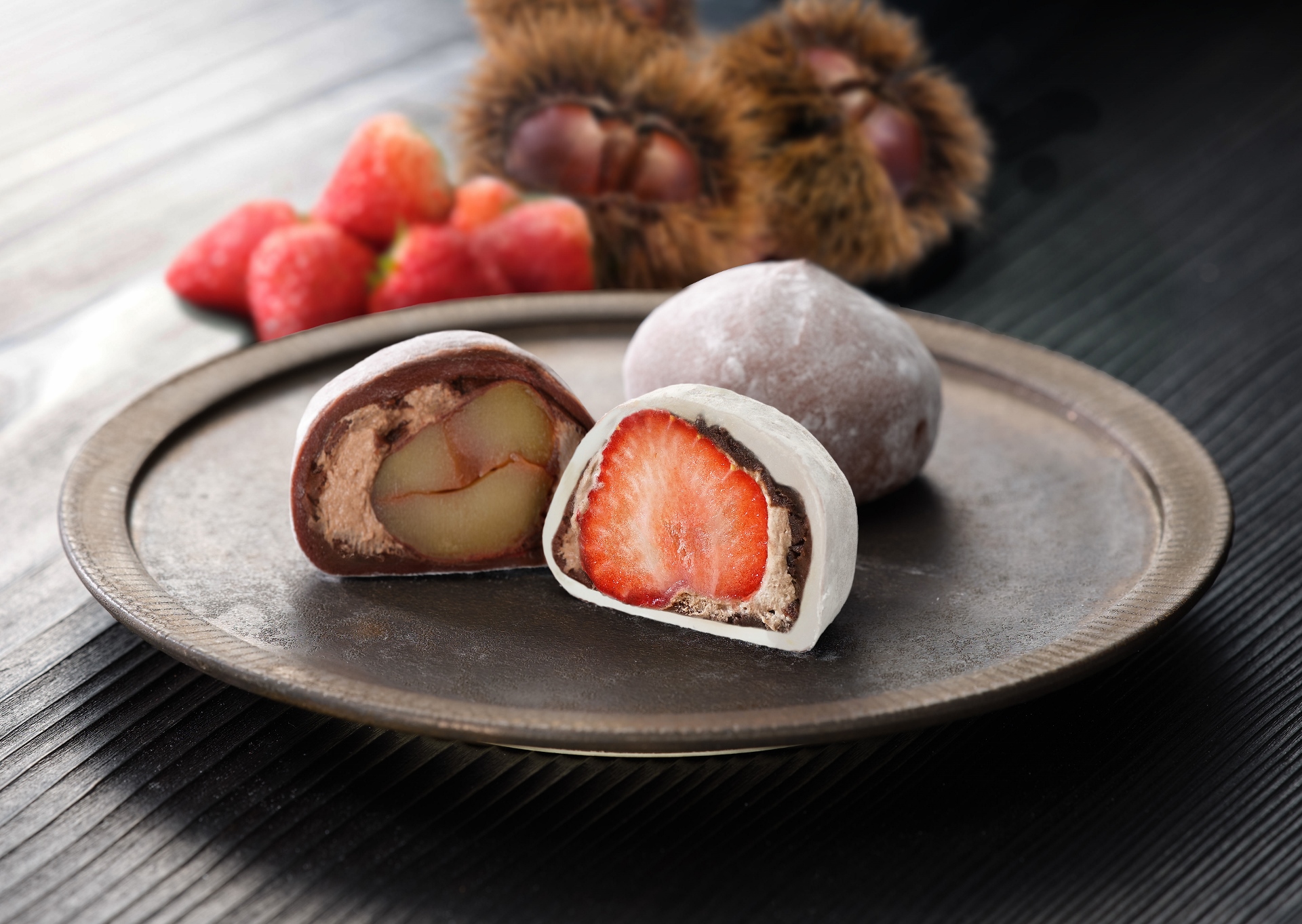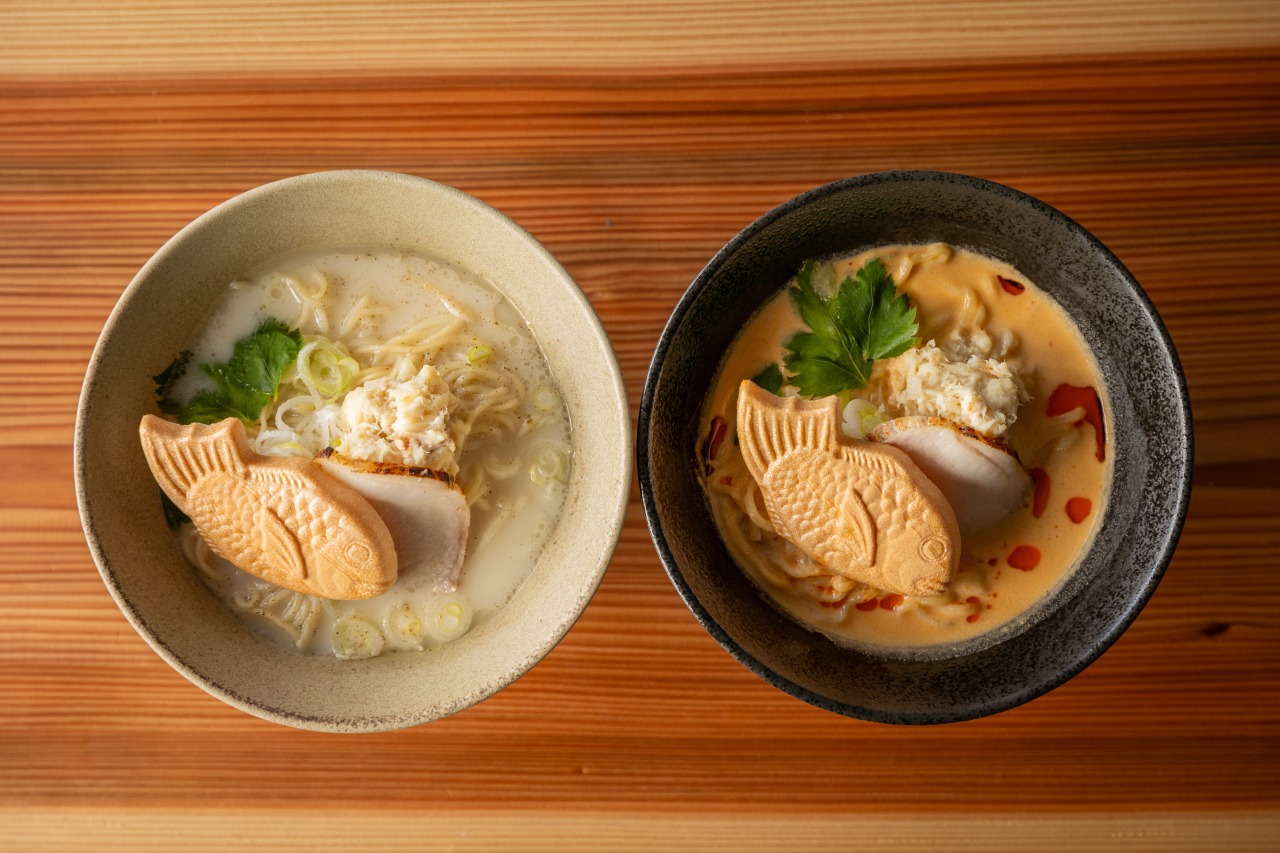Daitokuji was a place related to Sengoku daimyo such as Nobunaga Oda and Hideyoshi Toyotomi, and at that time, Sen no Rikyu, who served the Sengoku warlord, and the Kano school represented by Eitoku Kano, one of the important figures in the history of Japanese art, were active. It is at the forefront of culture and has had a great influence on Japanese culture.
Daitokuji Tatchu Jukoin is known as Sen no Rikyu’s Bodhisattva Temple, and is also the graveyard of the tea ceremony San-Senke (Omotesenke, Urasenke, Mushakojisenke) that follows the tradition of Rikyu. It is a special place for those who like the tea ceremony.
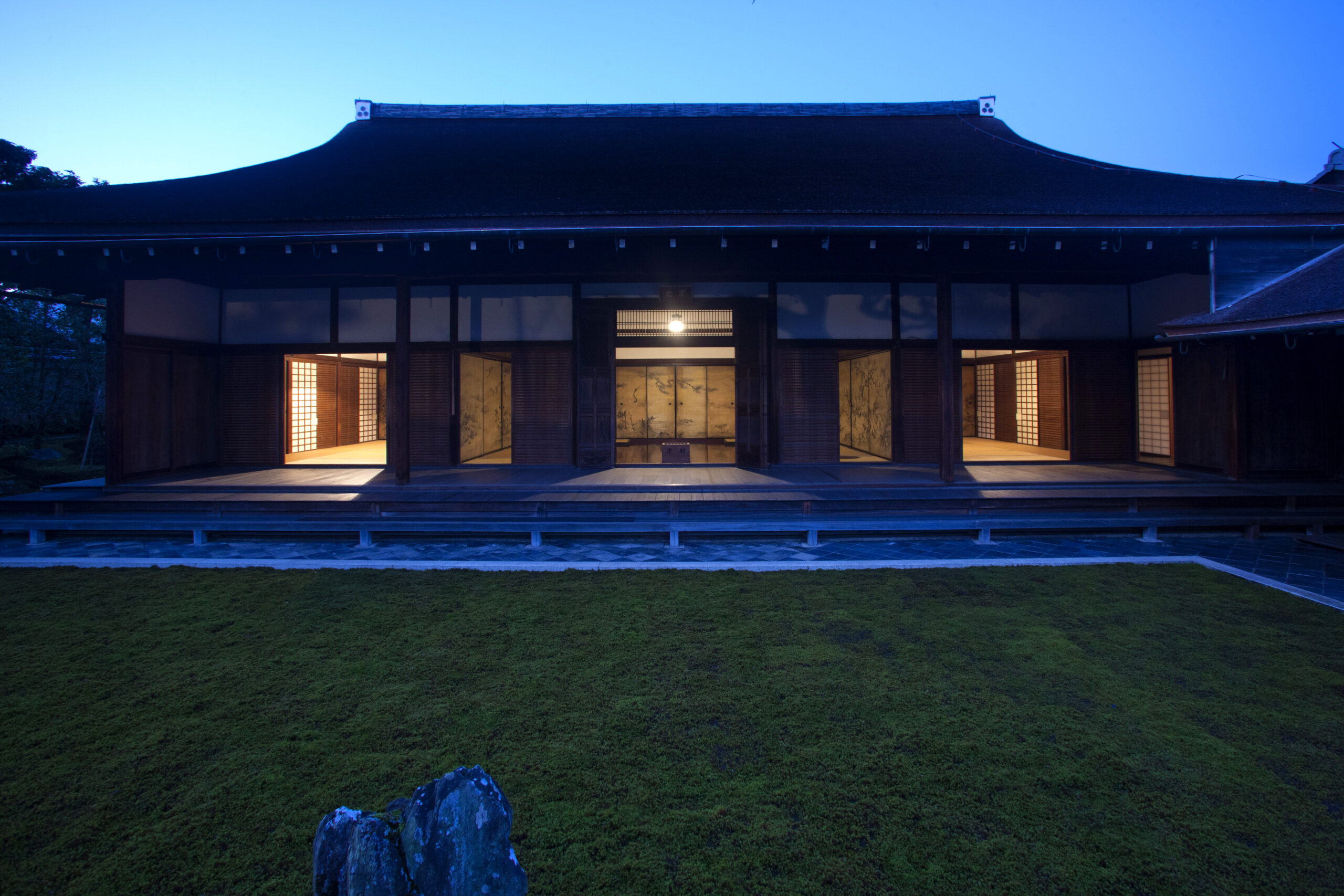
Jukoin was founded in 1566 by the warlord Miyoshi Yoshitsugu to mourn the bodhi of his adoptive father, Chokei. Rikyu made Jukoin his own family temple because his founder, Soukei Emimine, was a teacher of Sen no Rikyu meditation.
【Special public overview】
| Period: |
September 3, 2022 (Sat) – March 26, 2023 (Sun) |
| Time: |
Scheduled from 9:00 to 16:00 (final reception) |
| Admission fee: |
2,000 yen (junior high school students are accompanied by parents, elementary school students and younger are not allowed to see) |
| Public format: |
Group visit by dividing time and number of people (tour format) Reservation priority (at Kyoto Spring Autumn HP or telephone reception) |
| Special release: |
[National Treasure] Eitoku Kano / Matsuei Brush Main Hall Barrier Painting
[Important Goods] Main Hall, Tea Room “Hidden Seats” “Masu Floor Seats”
[Place of Scenic Beauty] Garden “Hyakka no Niwa”
Shoin (Hiroshi Senju brush painting “waterfall”) |
Returning home for the first time in five and a half years from the Kyoto National Museum!
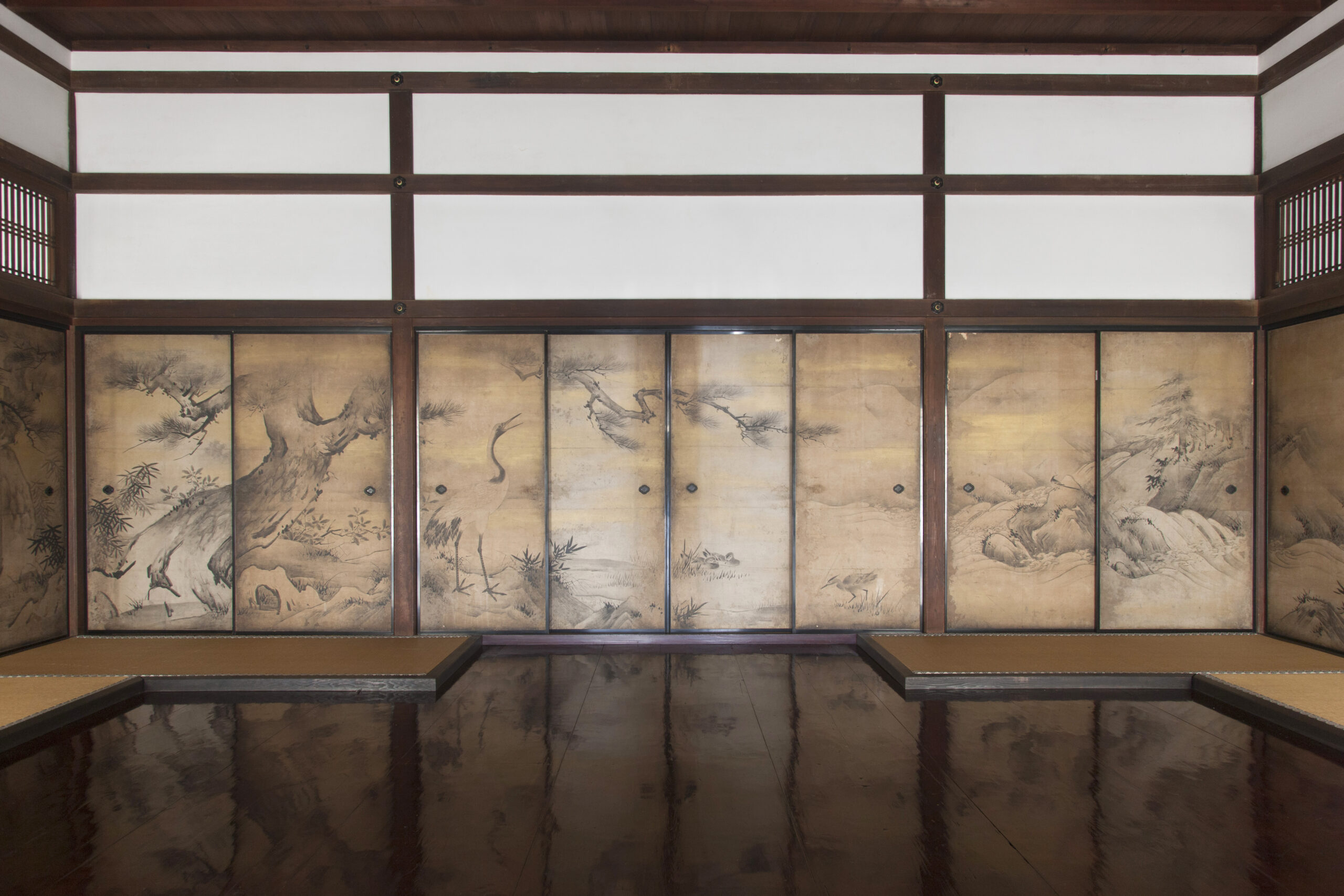
Eitoku Kano / Matsuei brush barrier painting "Bird-and-flower painting"
The barrier paintings at the main hall of Jukoin were drawn by Eitoku Kano (4th generation of the Kano school) and his father, Matsue (3rd generation of the Kano school), a genius painter from the Momoyama period. In particular, Eitoku was assigned to Muranaka, who was 24 years old at the time and had the central function of the main hall, and drew his masterpiece “Bird-and-flower painting”.
Eitoku Kano, a genius, is still one of the most important figures in Japanese painting even today, but Eitoku’s Azuchi Castle, Jurakudai, and Osaka Castle all have few existing works due to fire and destruction, and remain on this scale. The only thing is the barrier painting “Kachozu” by Jukoin.
In 1979, “Mona Lisa” came to Japan and was exhibited. At that time, Eitoku’s “Bird-and-flower painting” was exhibited in France as a salute. It is truly a masterpiece that represents Japanese art.
[Important Cultural Property] Two tea rooms, "Kansei-seat" and "Masu-floor seat", which are related to the San-Senke tea ceremony
The two tea rooms, “Kakukaku-seat” and “Masu-doko-seat,” which are both important cultural properties, convey the relationship between Jukoin and the San-Senke tea ceremony most clearly. The quiet seat was built by the donation of Omotesenke 7th Nyoshinsai at the time of the 150th anniversary of Sen no Rikyu, and it is recorded that the morning tea was held here.
Inspired by Rikyu’s spirit, the lights are extremely restricted and the setting is simple and tense. It is as narrow as 3 tatami mats, and the floor pillars are made of straight red pine bark.
On the other hand, the quiet seats and the Masu floor seats that are adjacent to each other across the Mizuya are a little wider than 4 and a half tatami mats, and the half tatami mats are between the stepping floors.
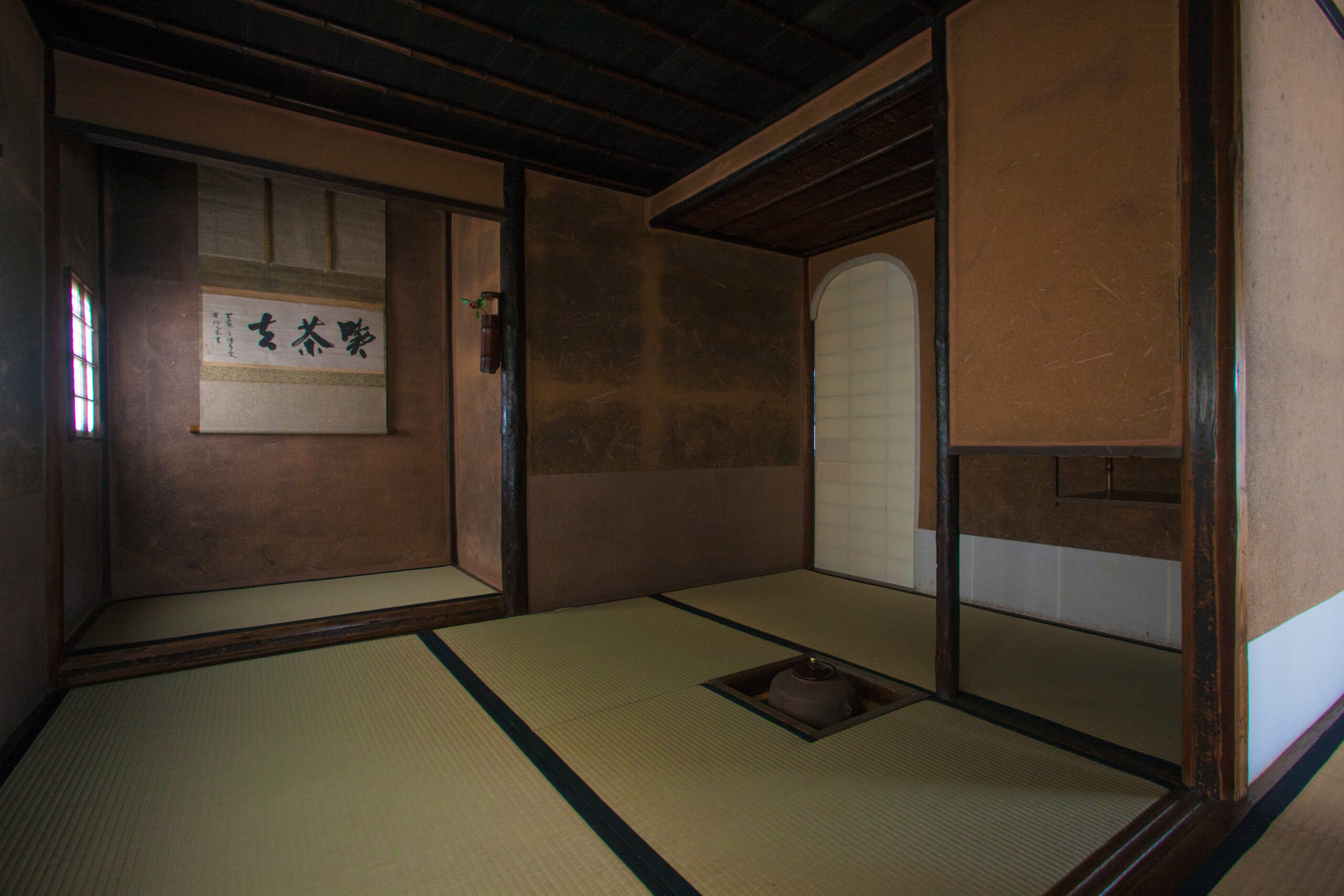
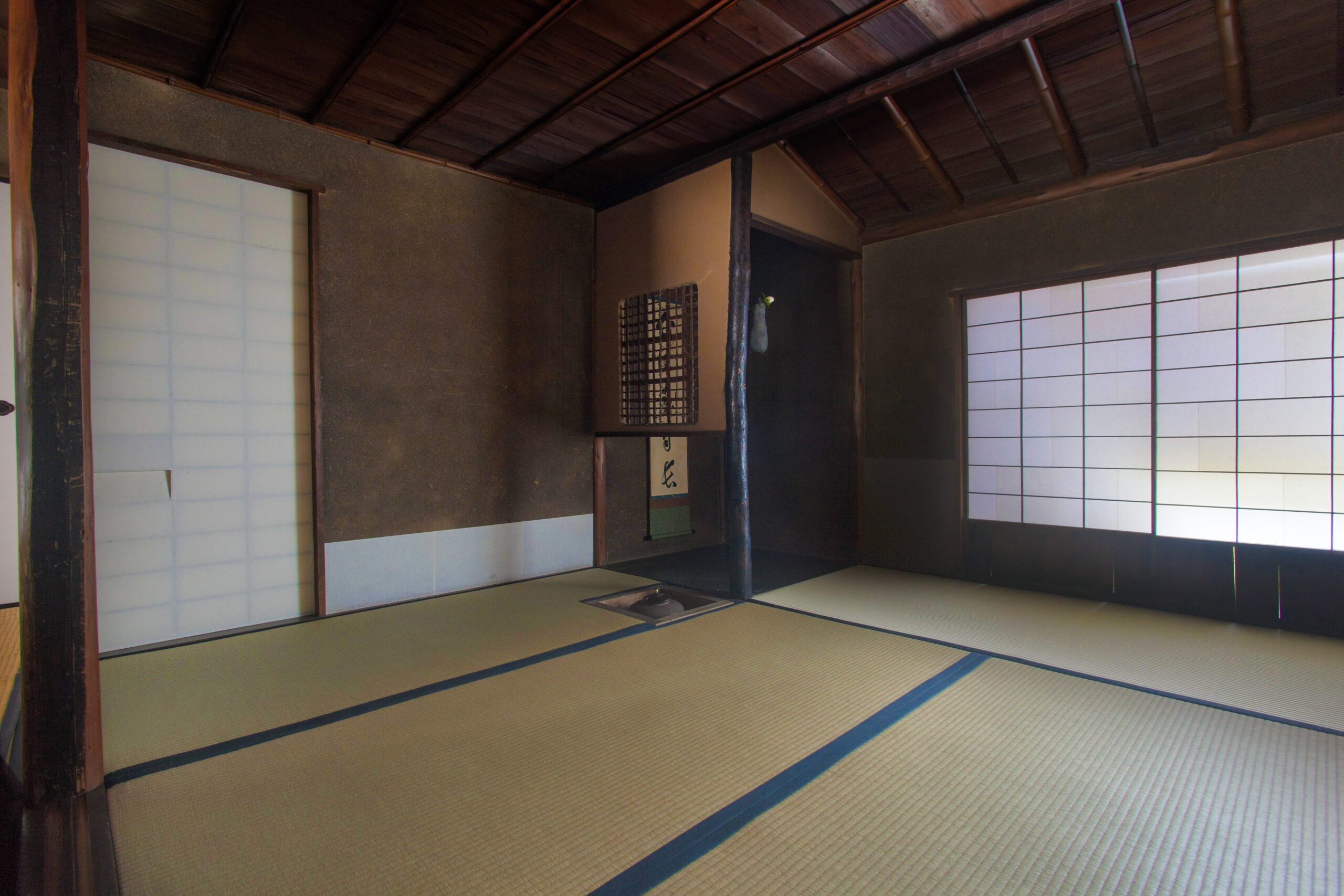
[Important Cultural Property] Shoin Hiroshi Senju "Waterfall"
At the Jukoin Shoin, which was defeated in 2013, the barrier painting “Taki” by Hiroshi Senju, a world-renowned Japanese painter, whose works were exhibited at the Tokyo International Airport Terminal 2 and the summit of APEC JAPAN 2010.
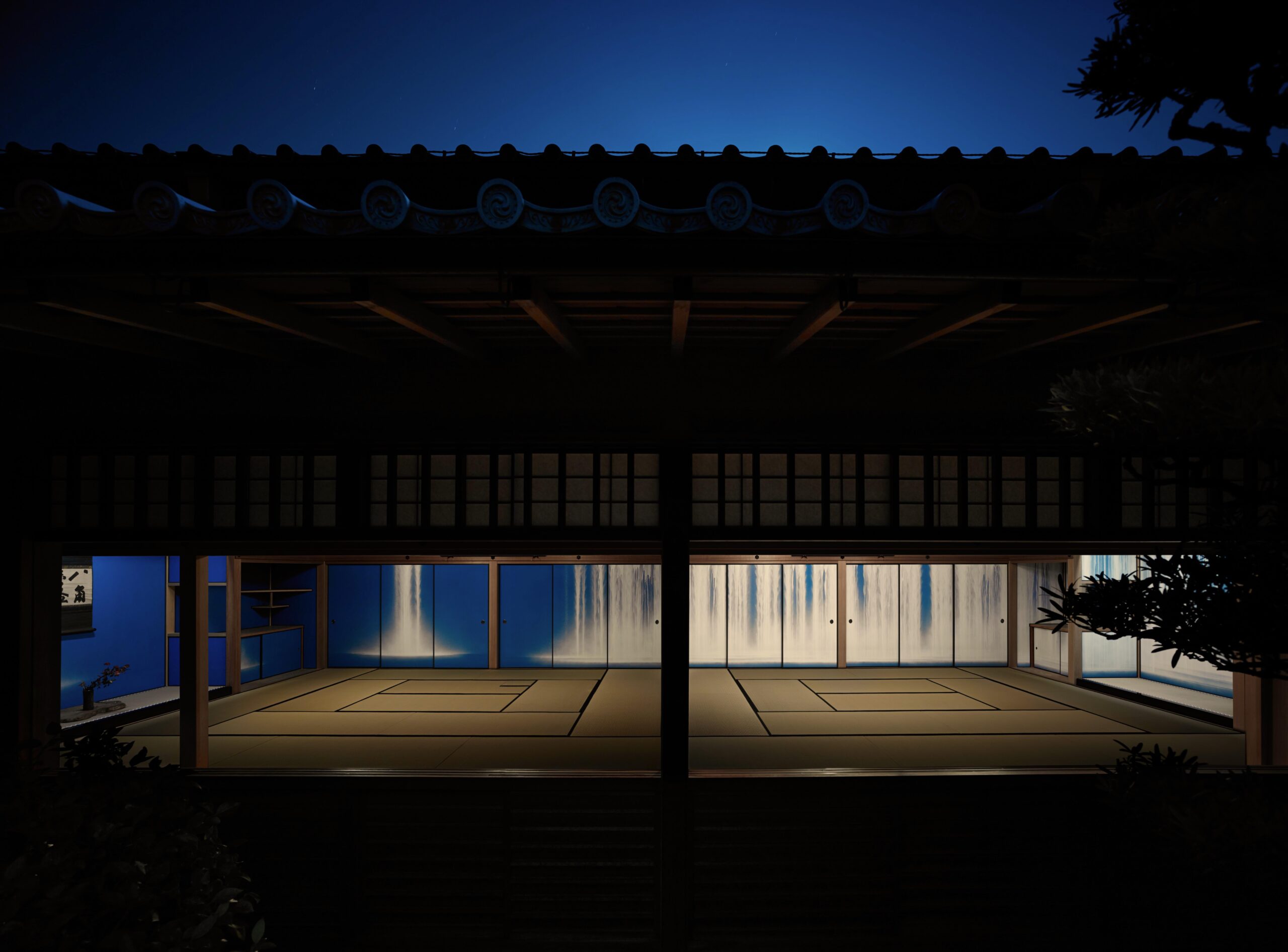
[Important Cultural Property] Hiroshi Senju's "Taki"
Hiroshi Senju
Born in Japan. A painter living in New York. He is known worldwide for his works of sublime and huge scale waterfalls and cliffs. He creates works that combine minimalist expression rooted in Abstract Expressionism with ancient Japanese painting techniques.
From 2007 to 2013, he was the president of Kyoto University of the Arts, and is currently a professor at Kyoto University of the Arts, director of the Koyodo Museum of Art, a member of the Van Crief & Arpels School of the Arts (Recall) Masters Committee, and a consultant to the Tokugawa Museum.
